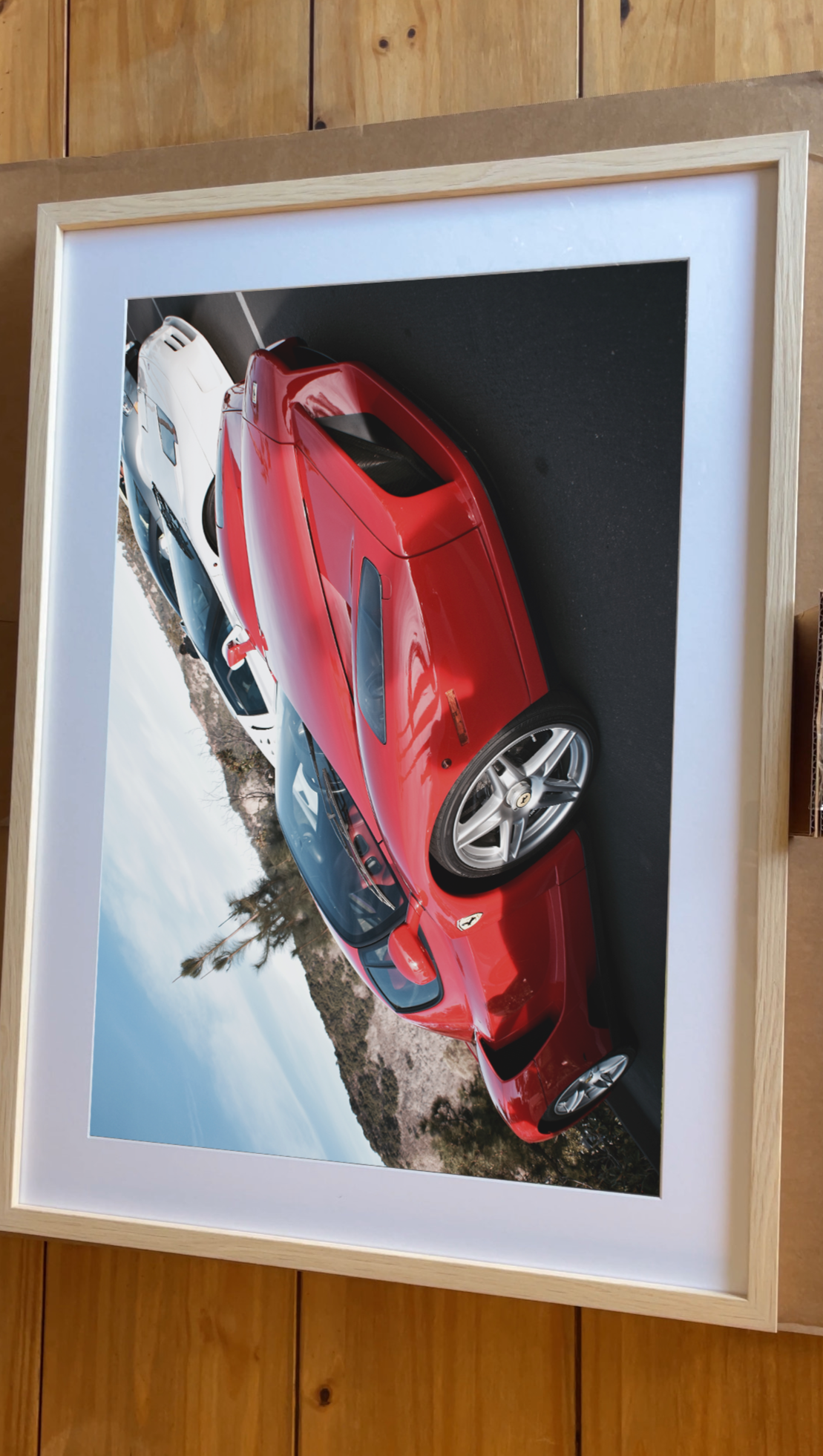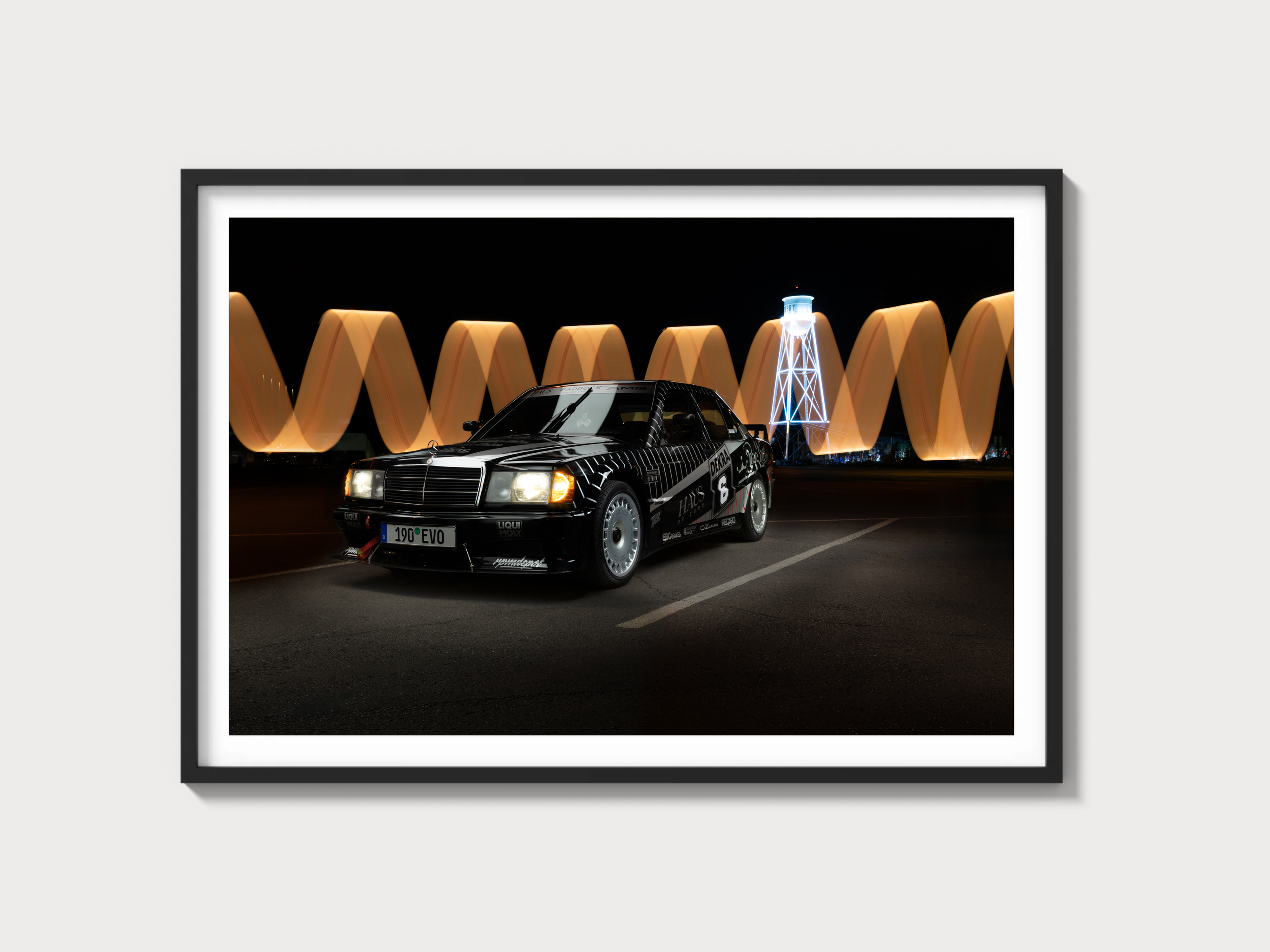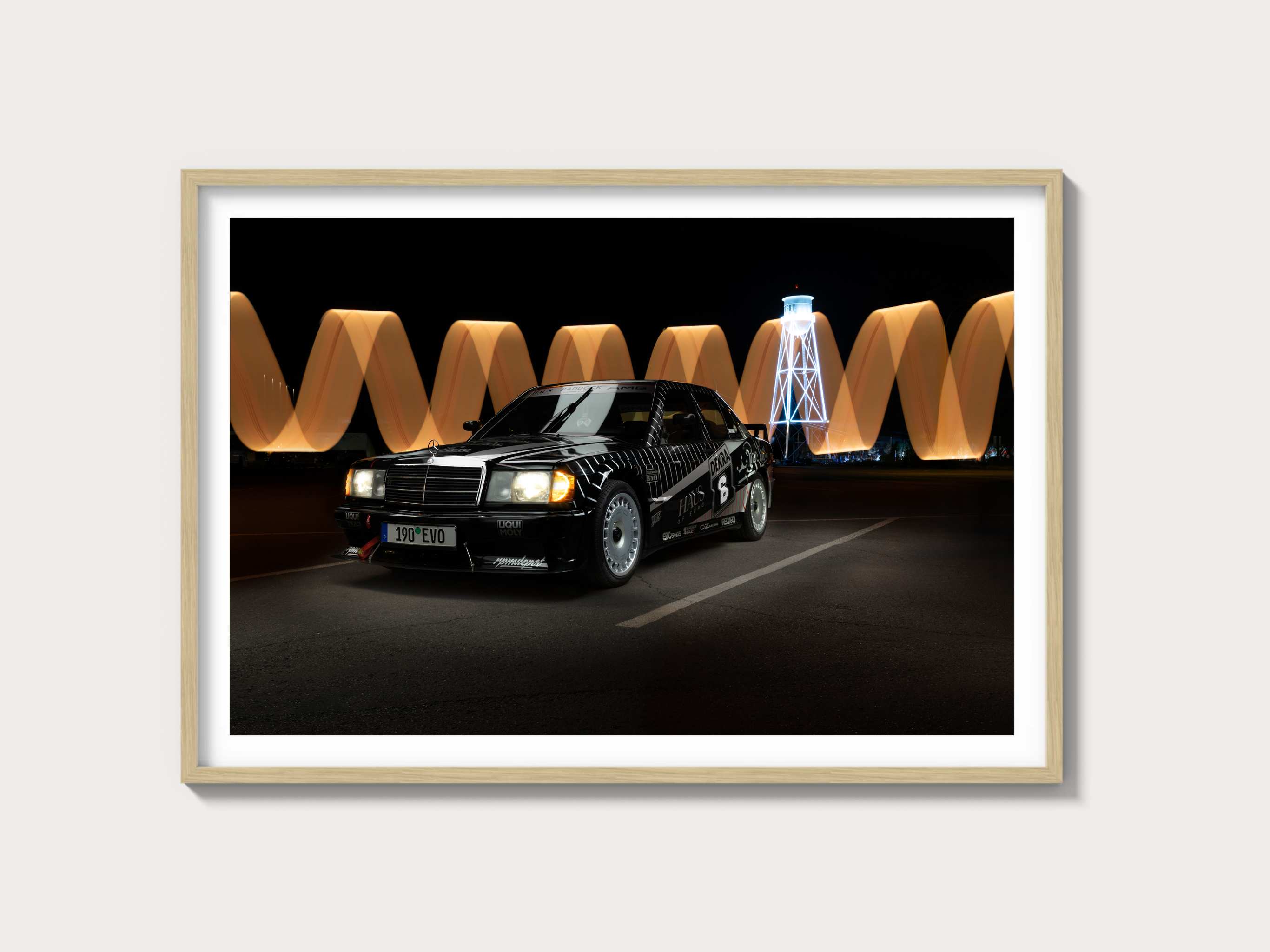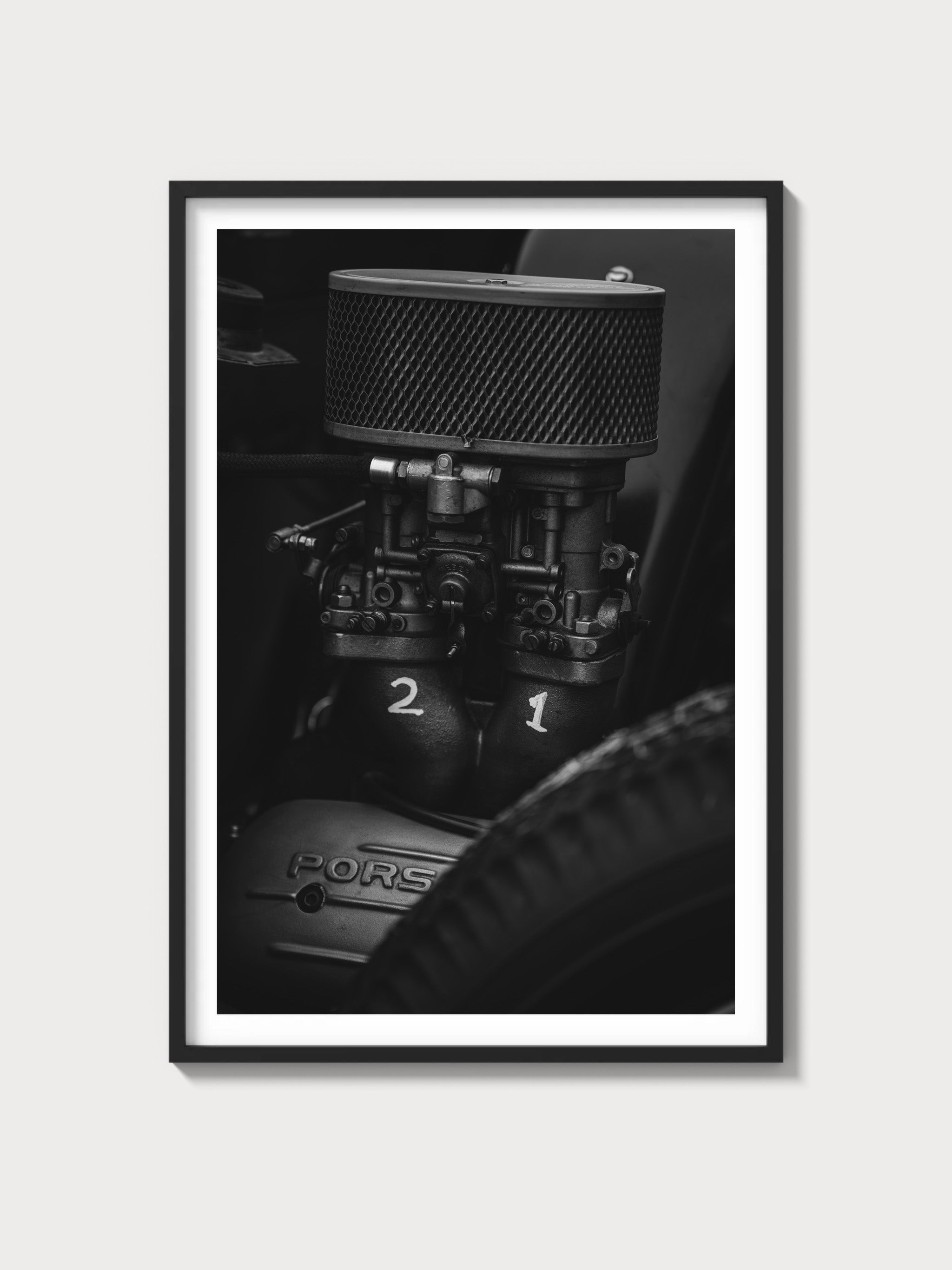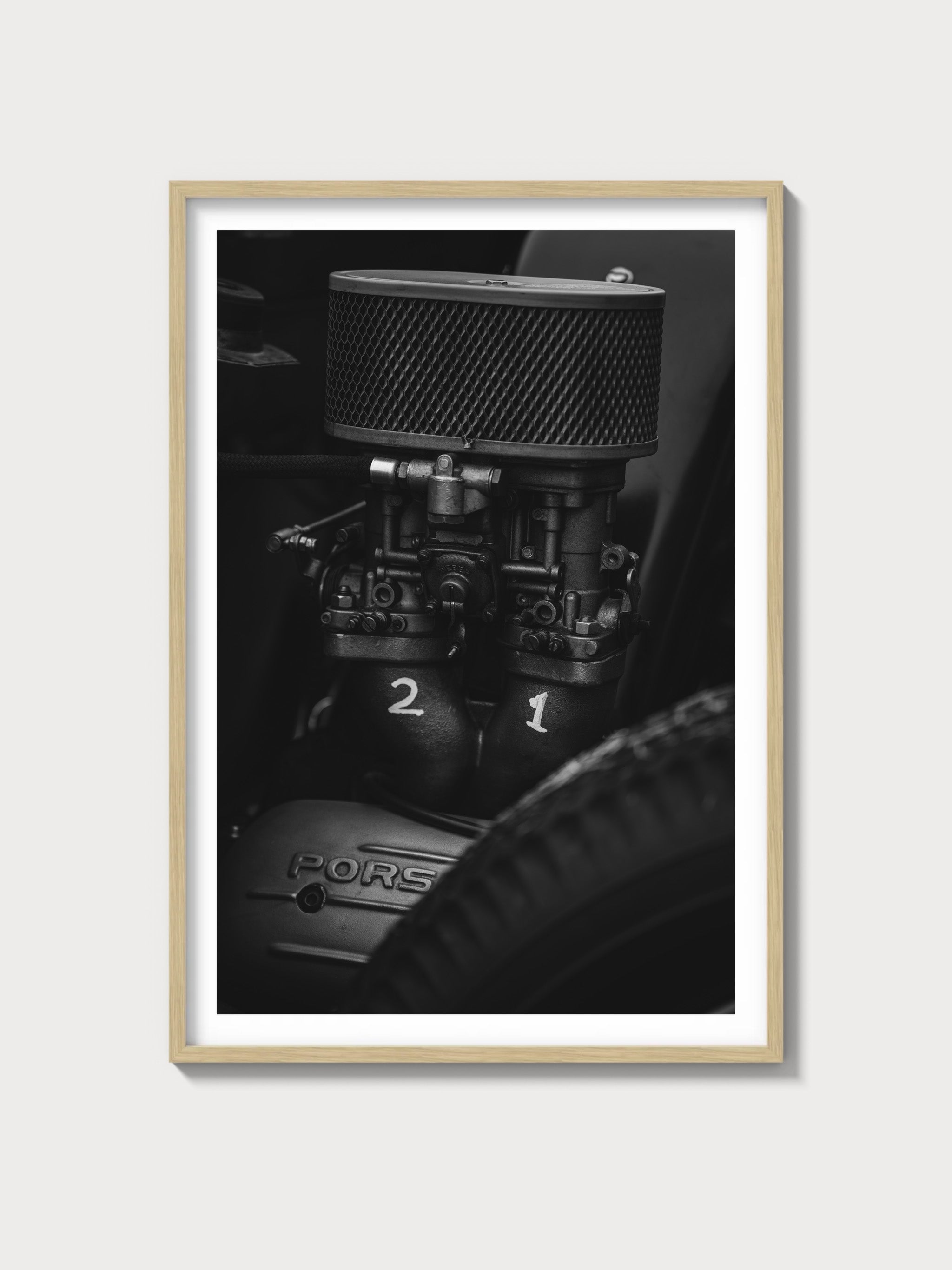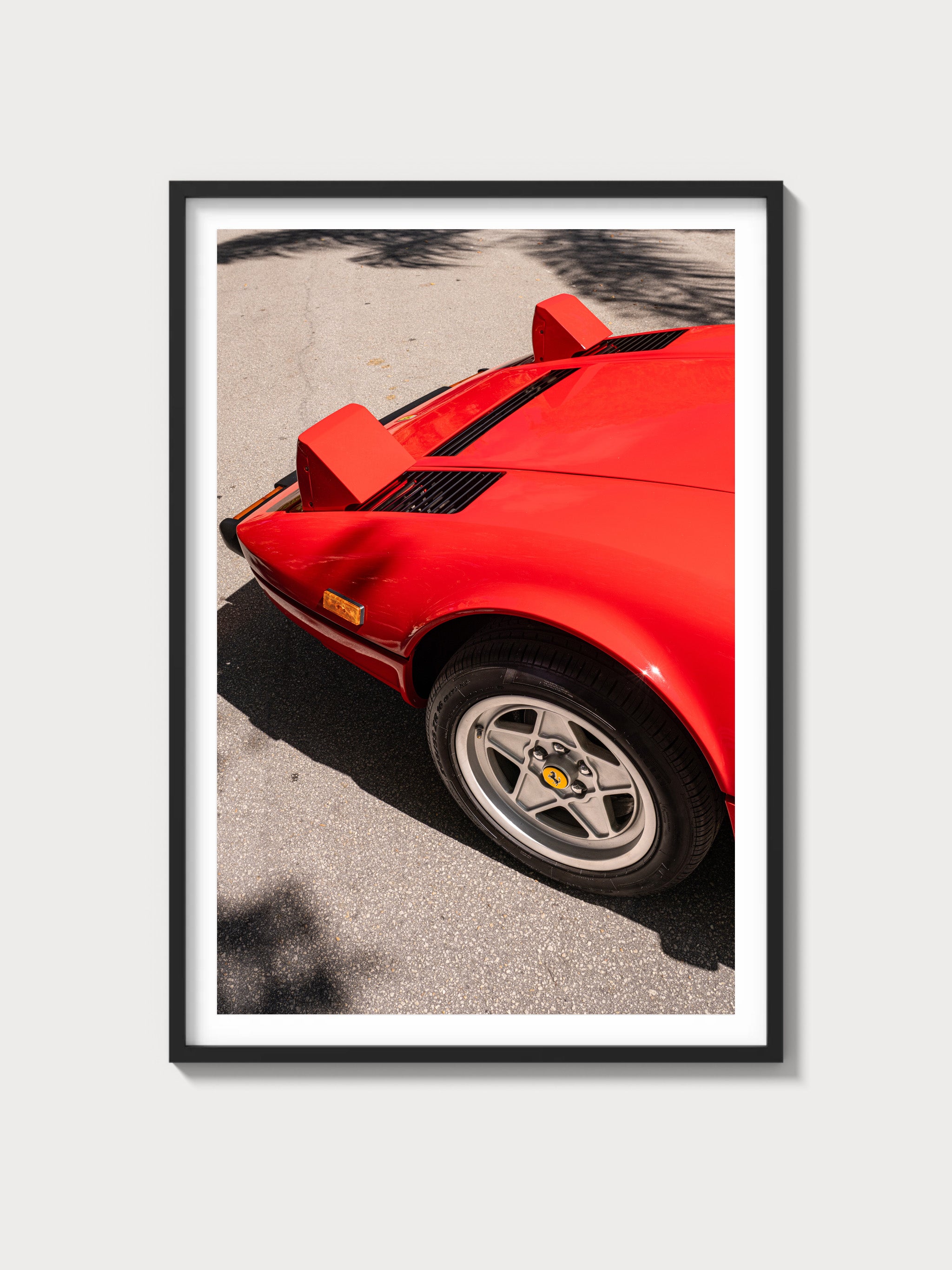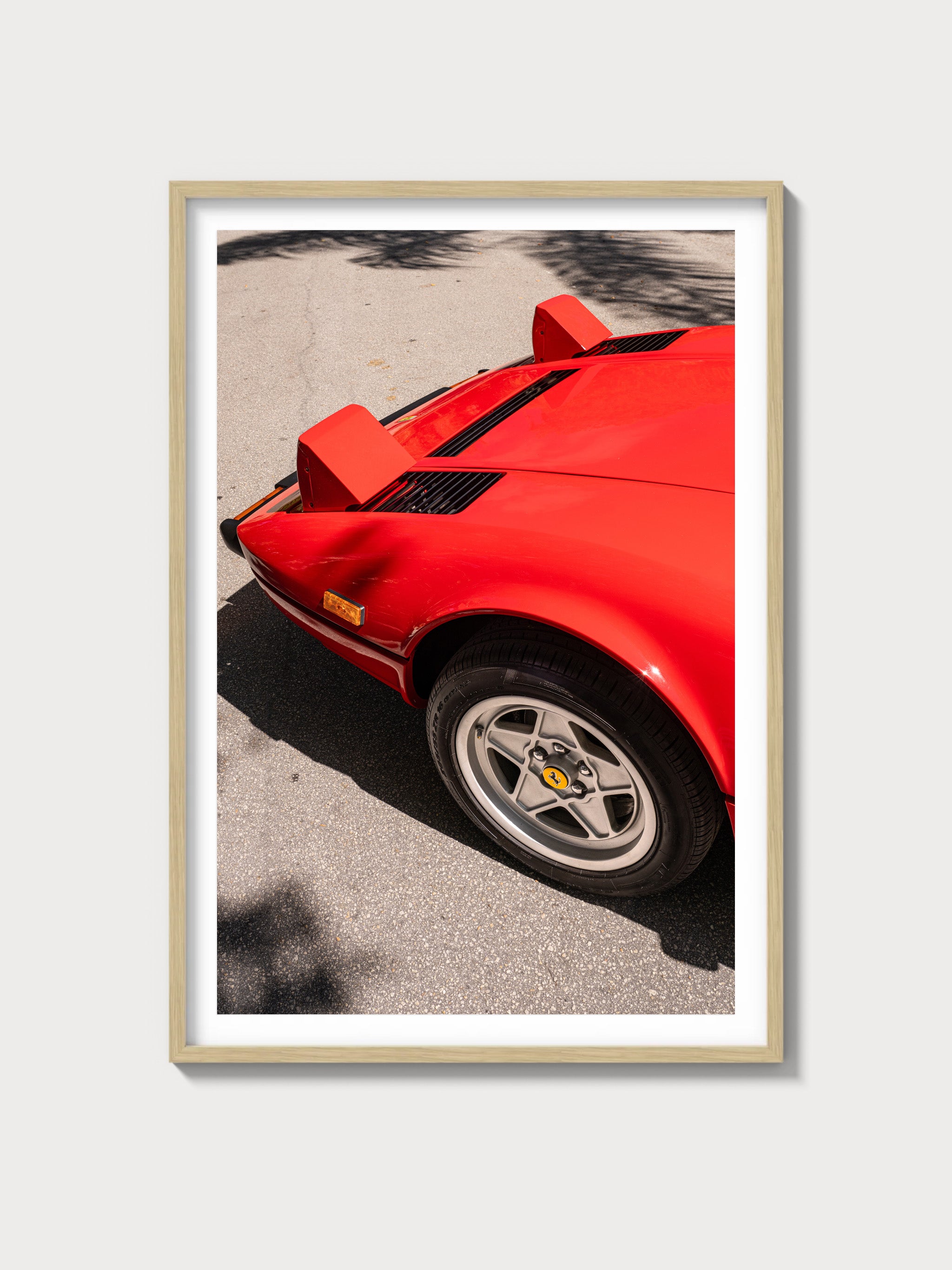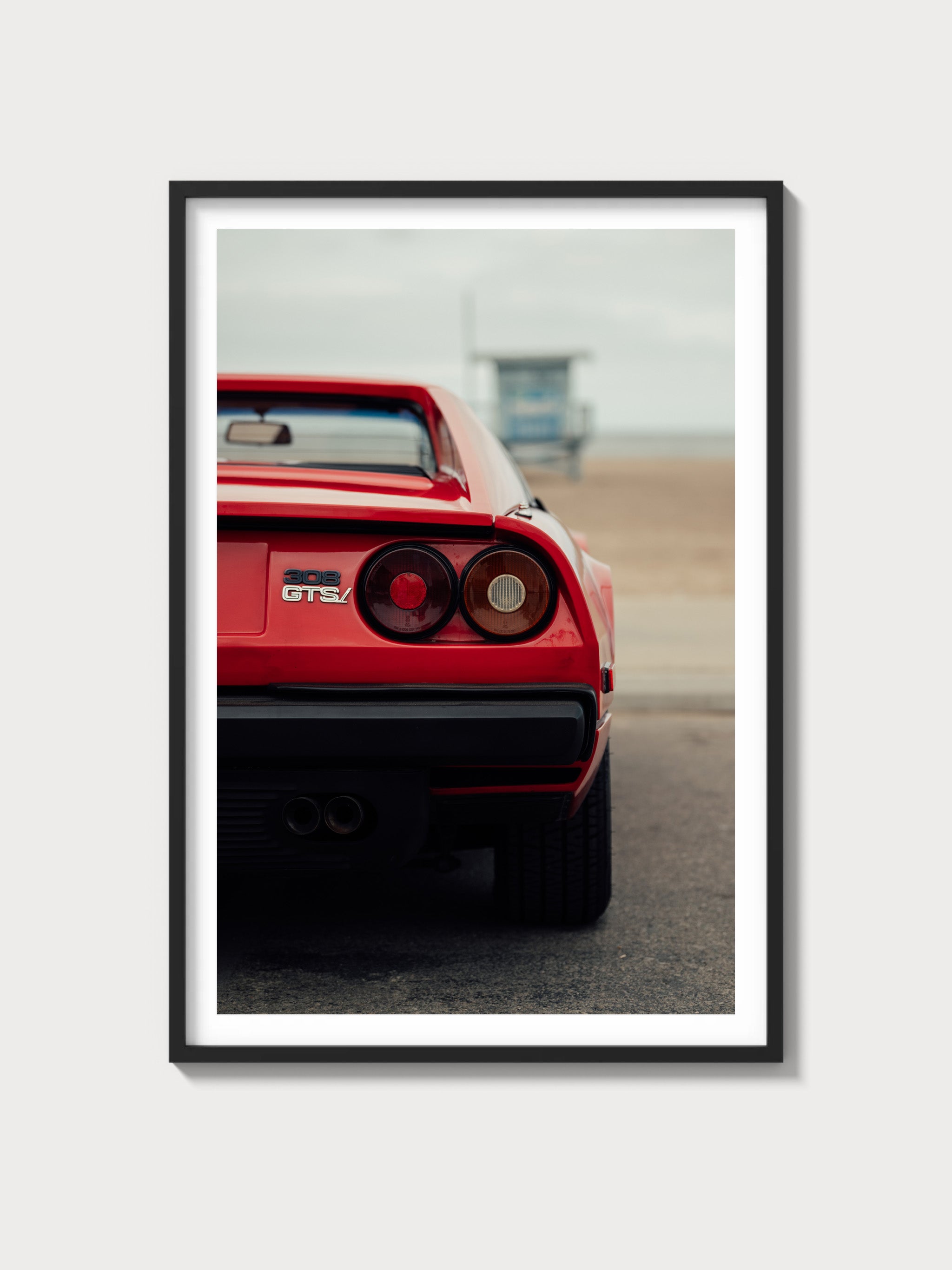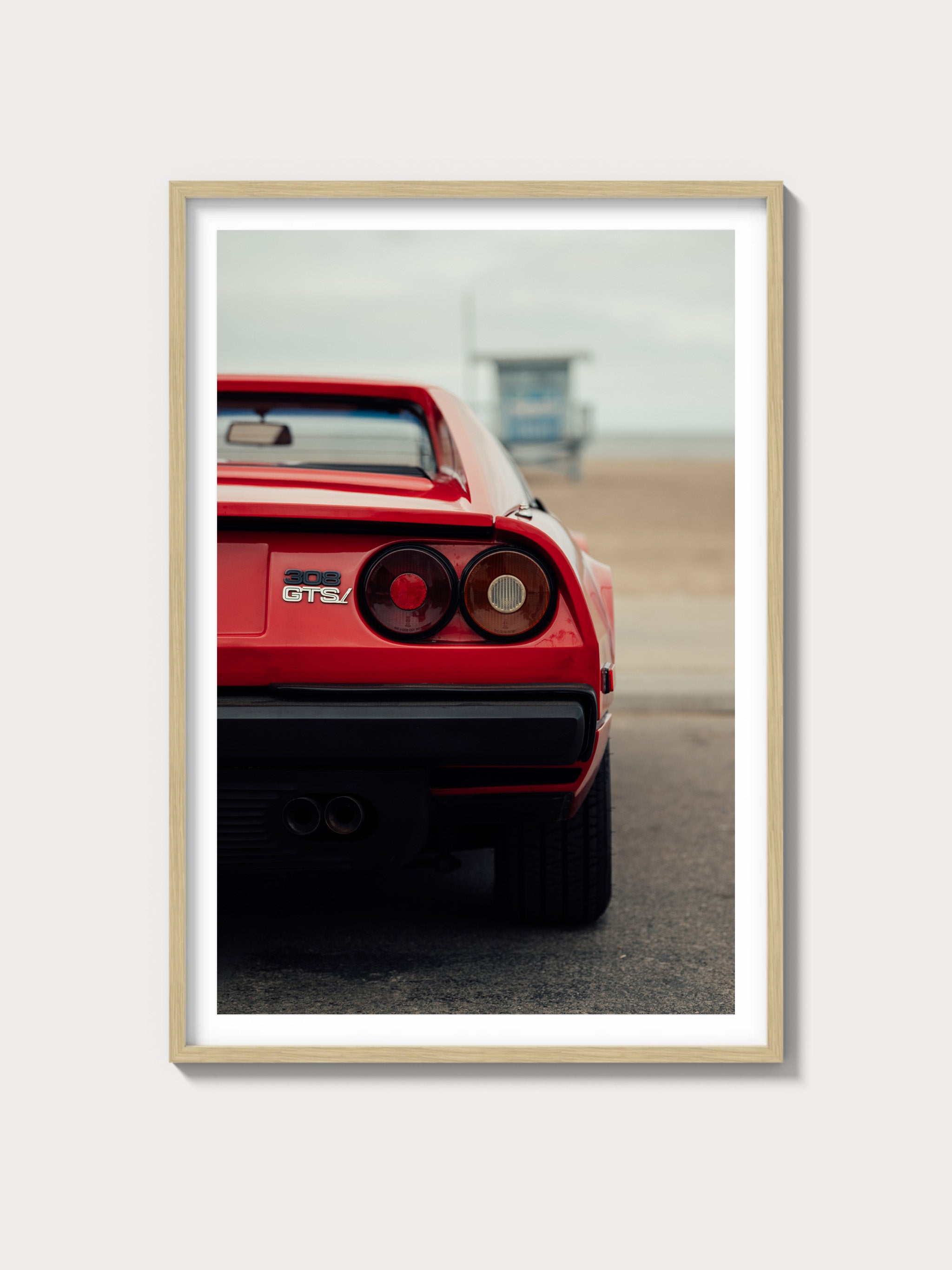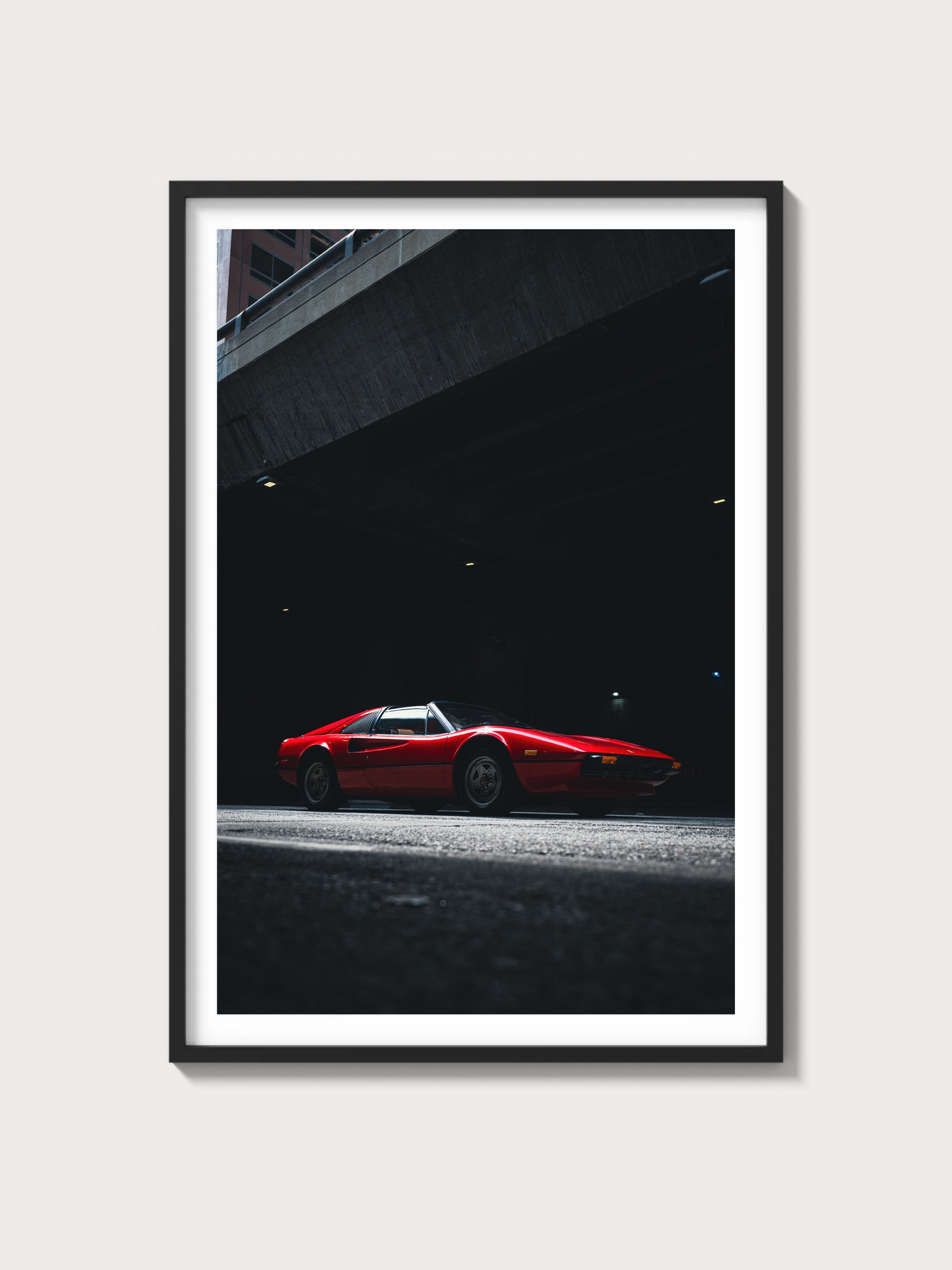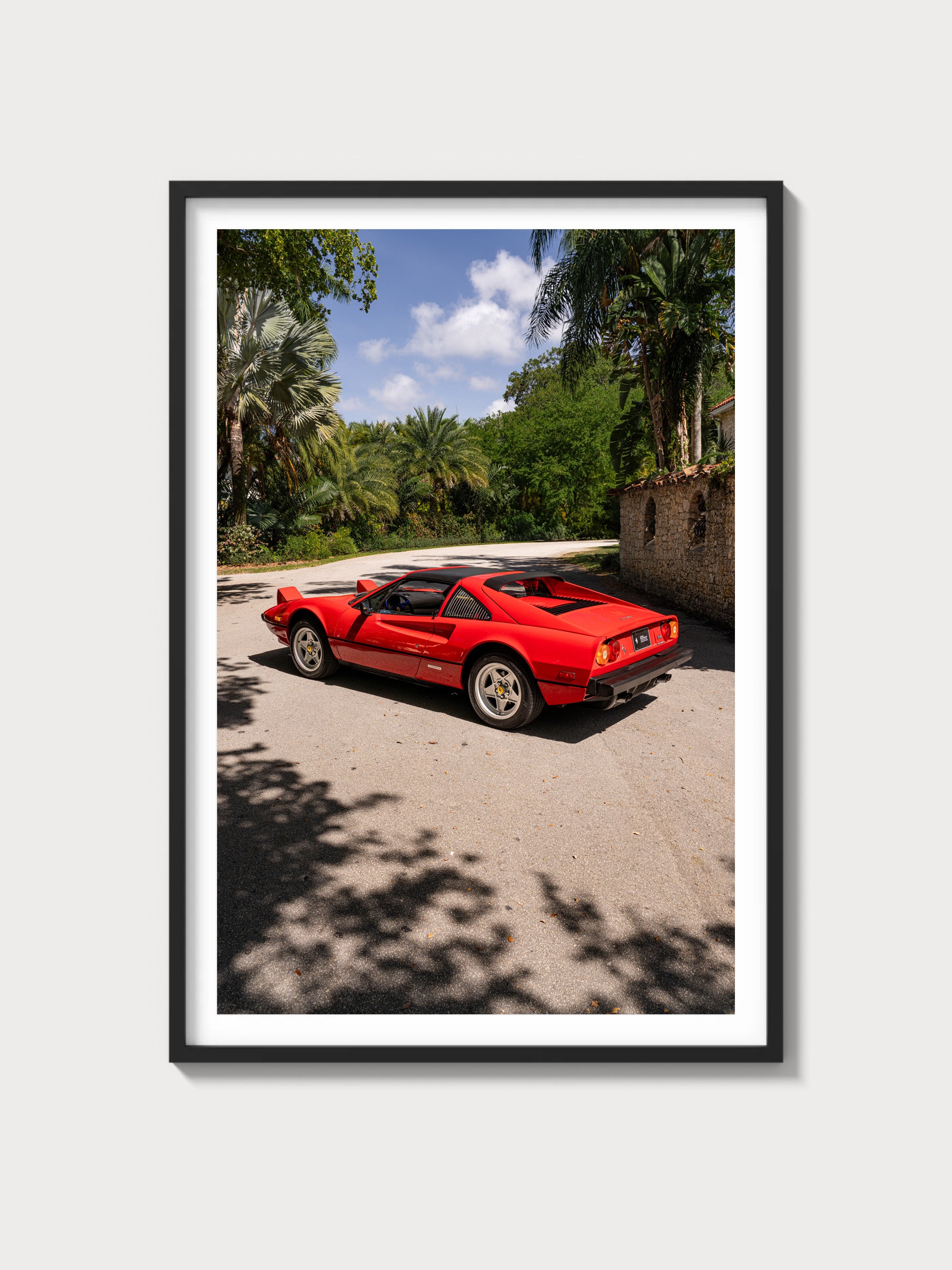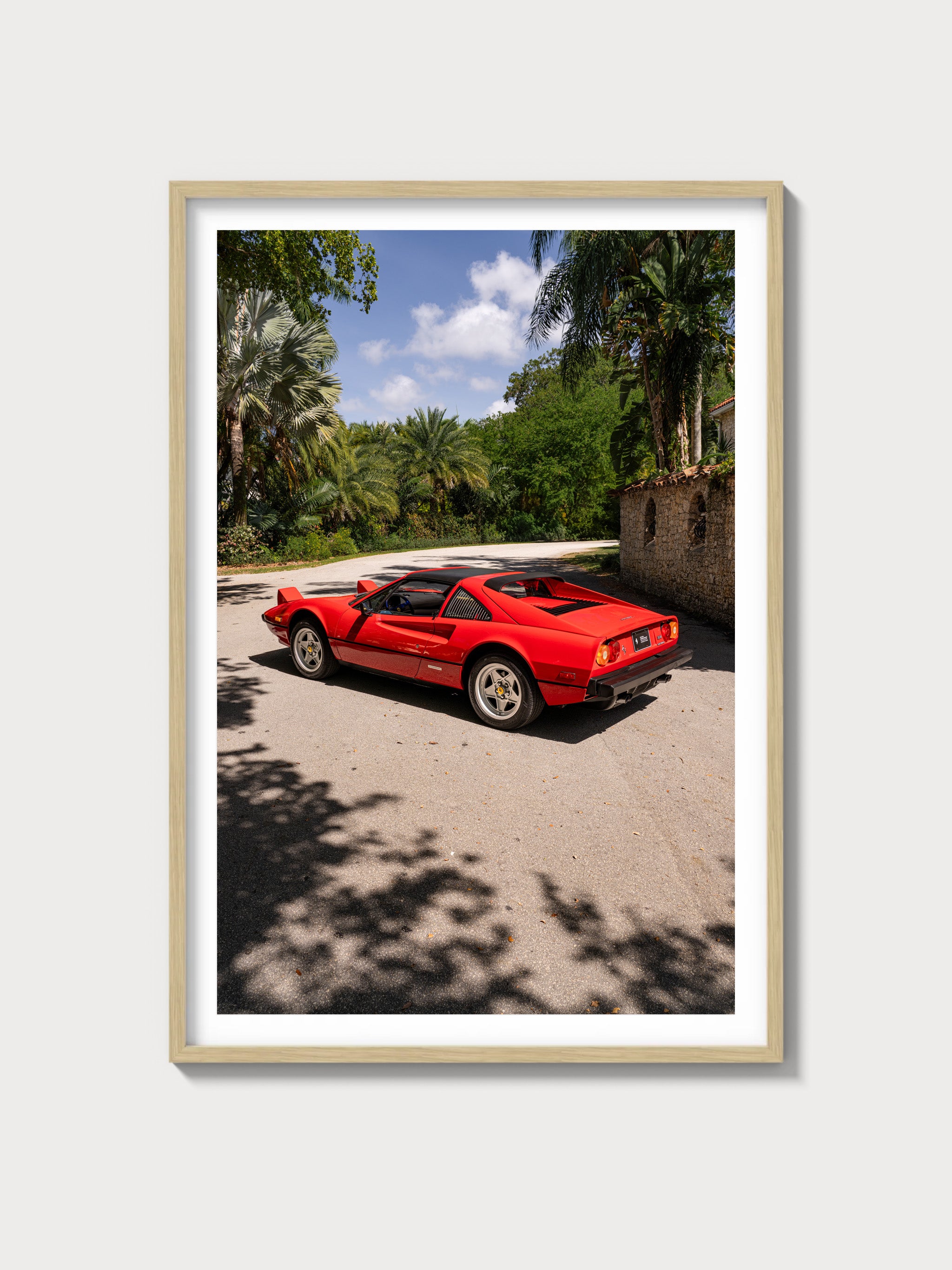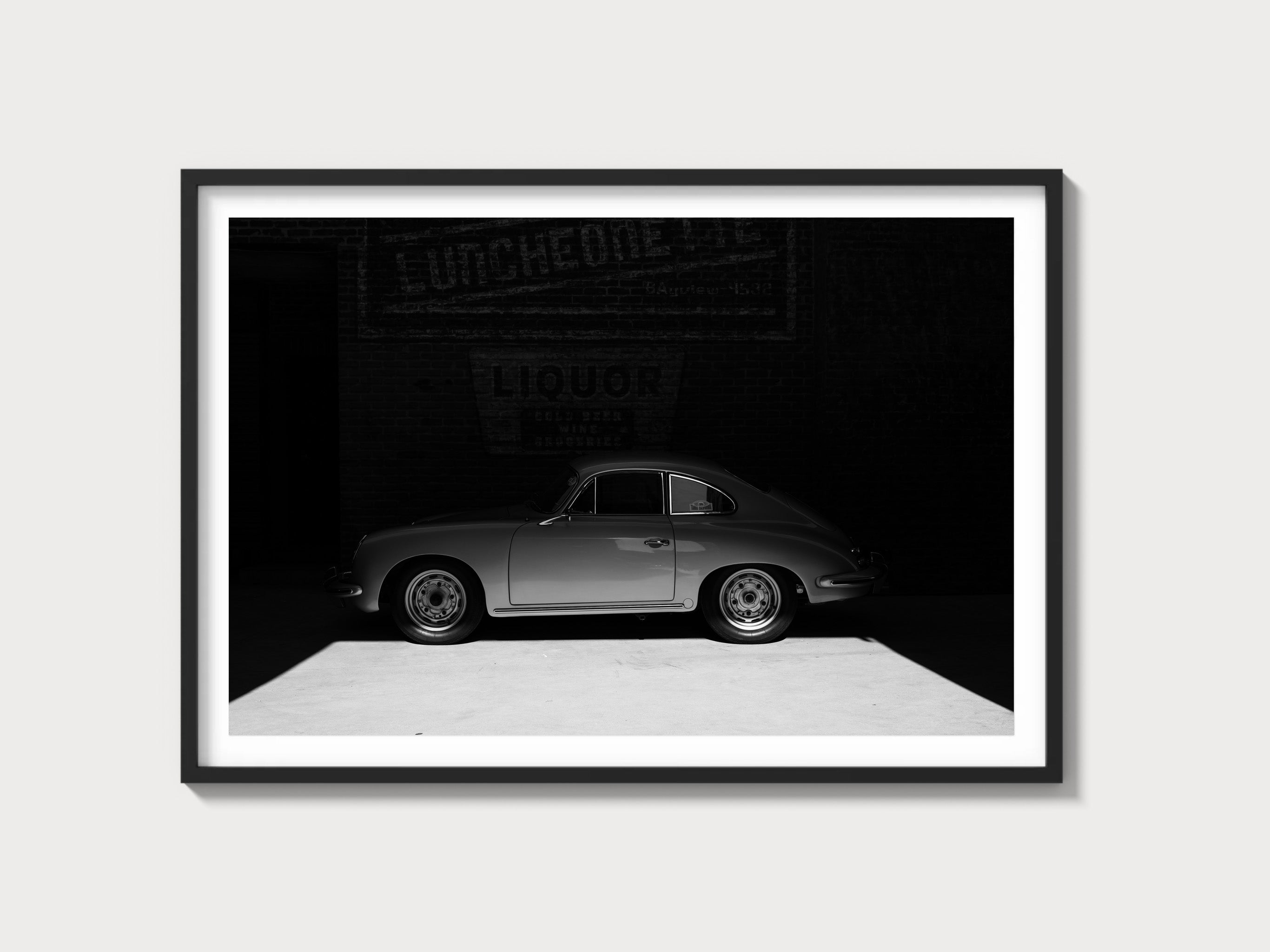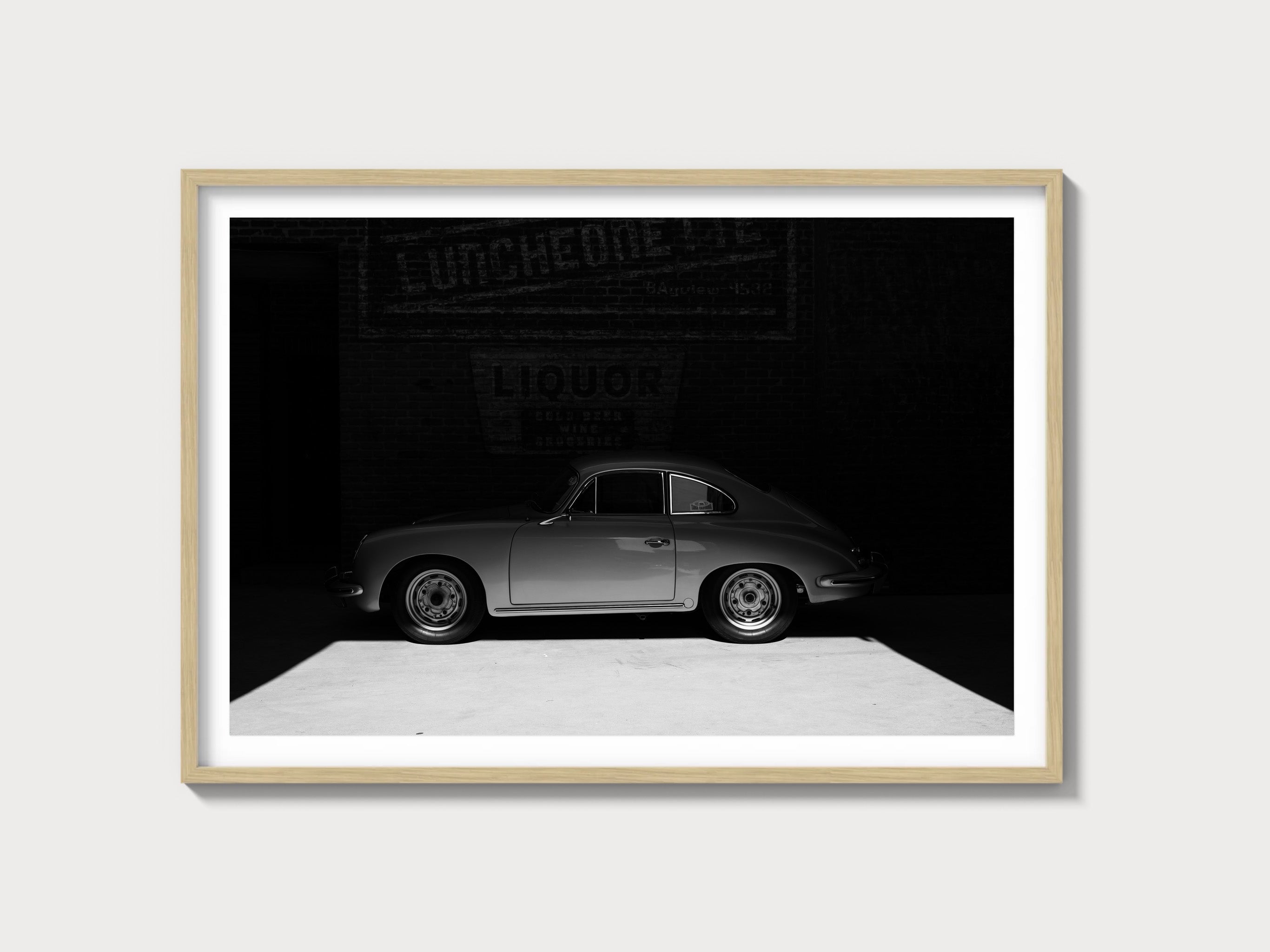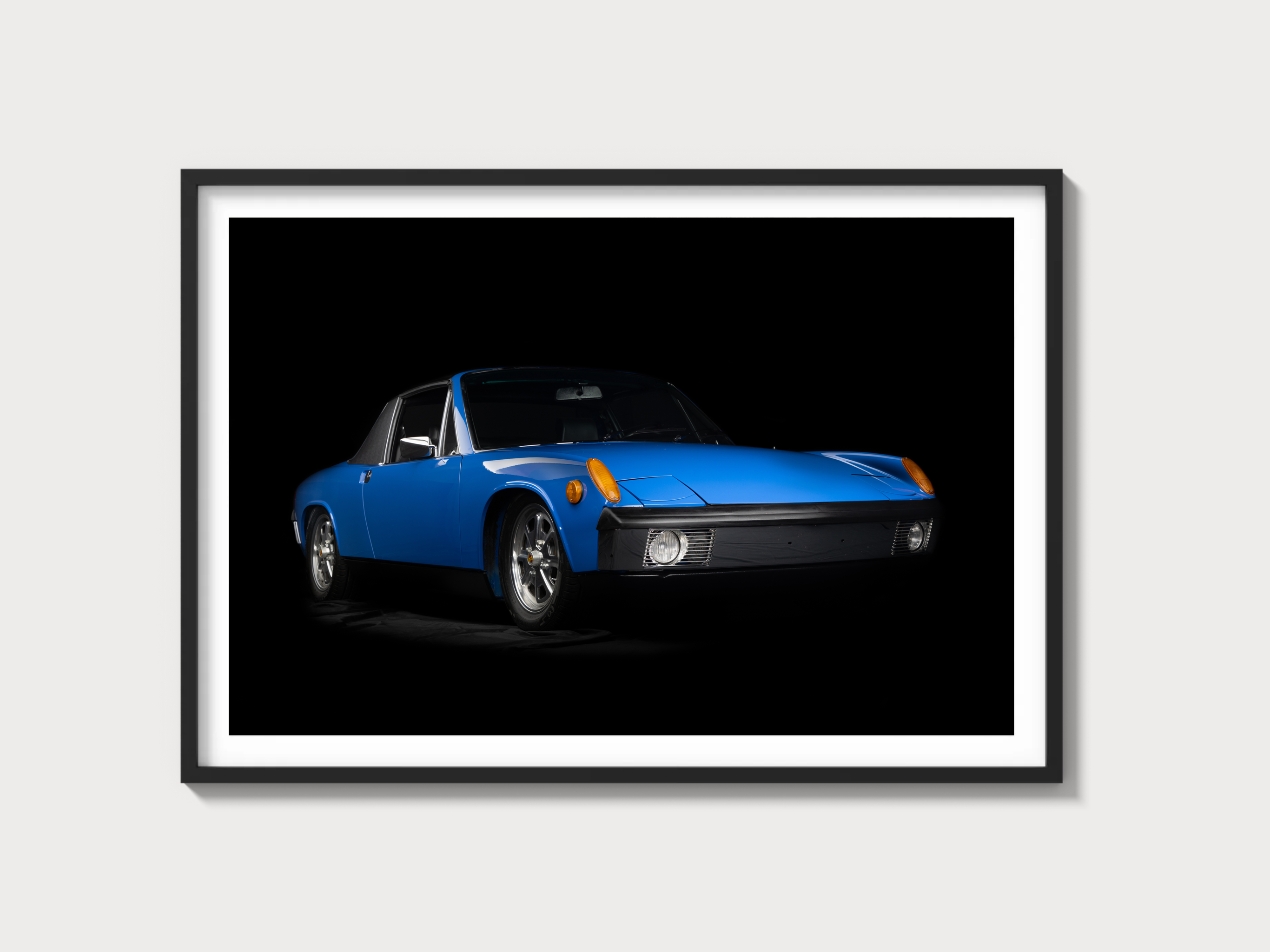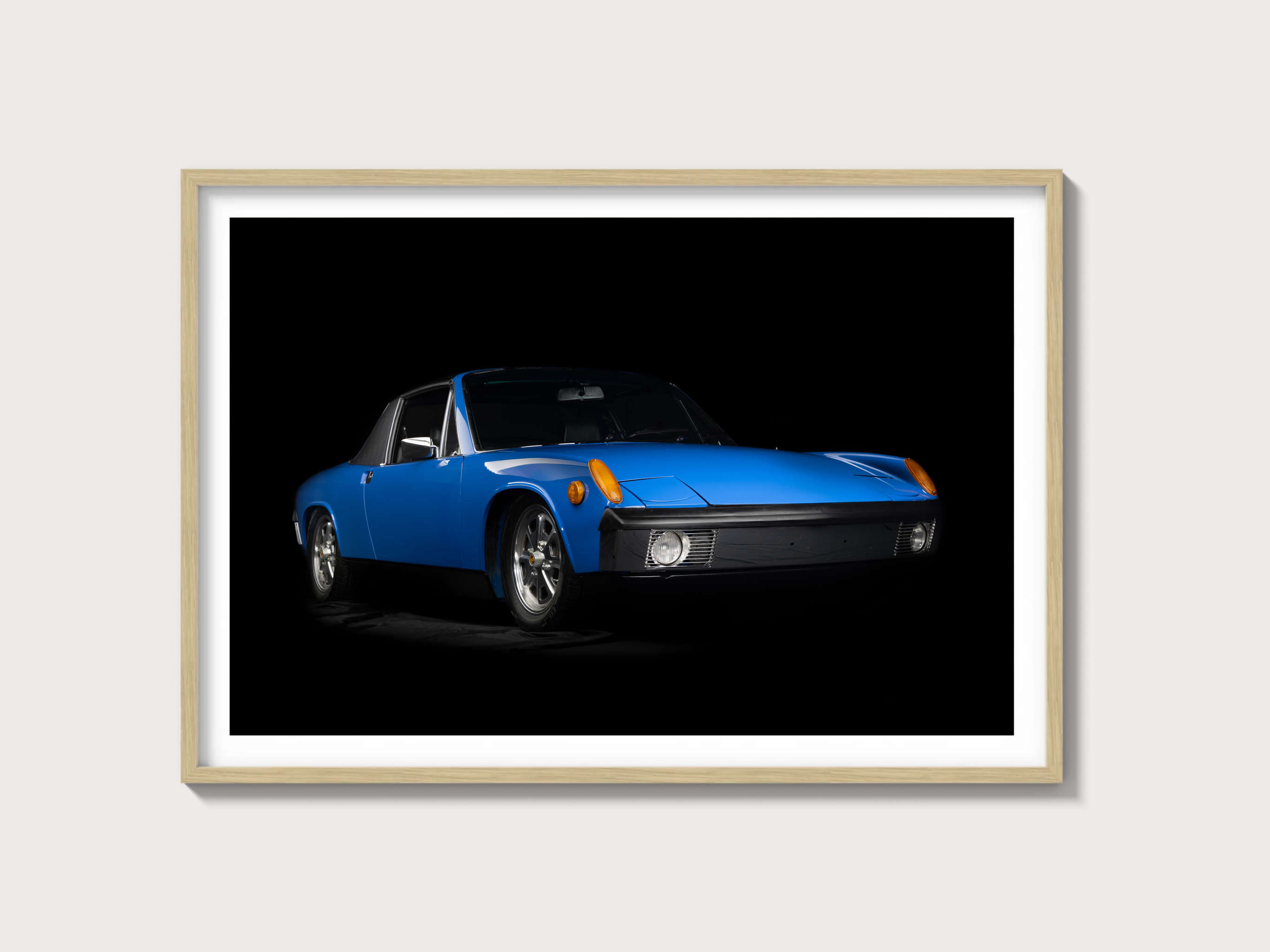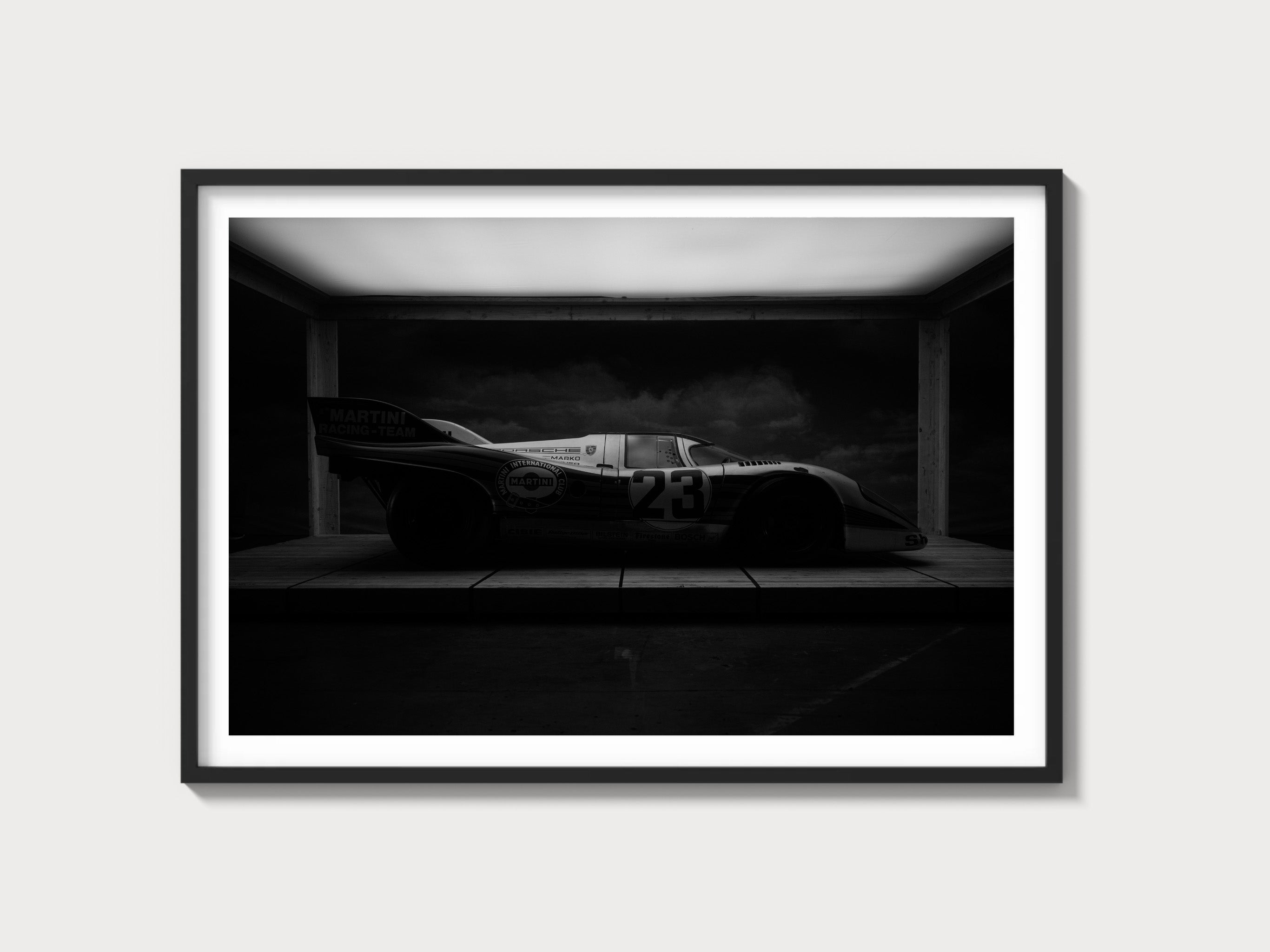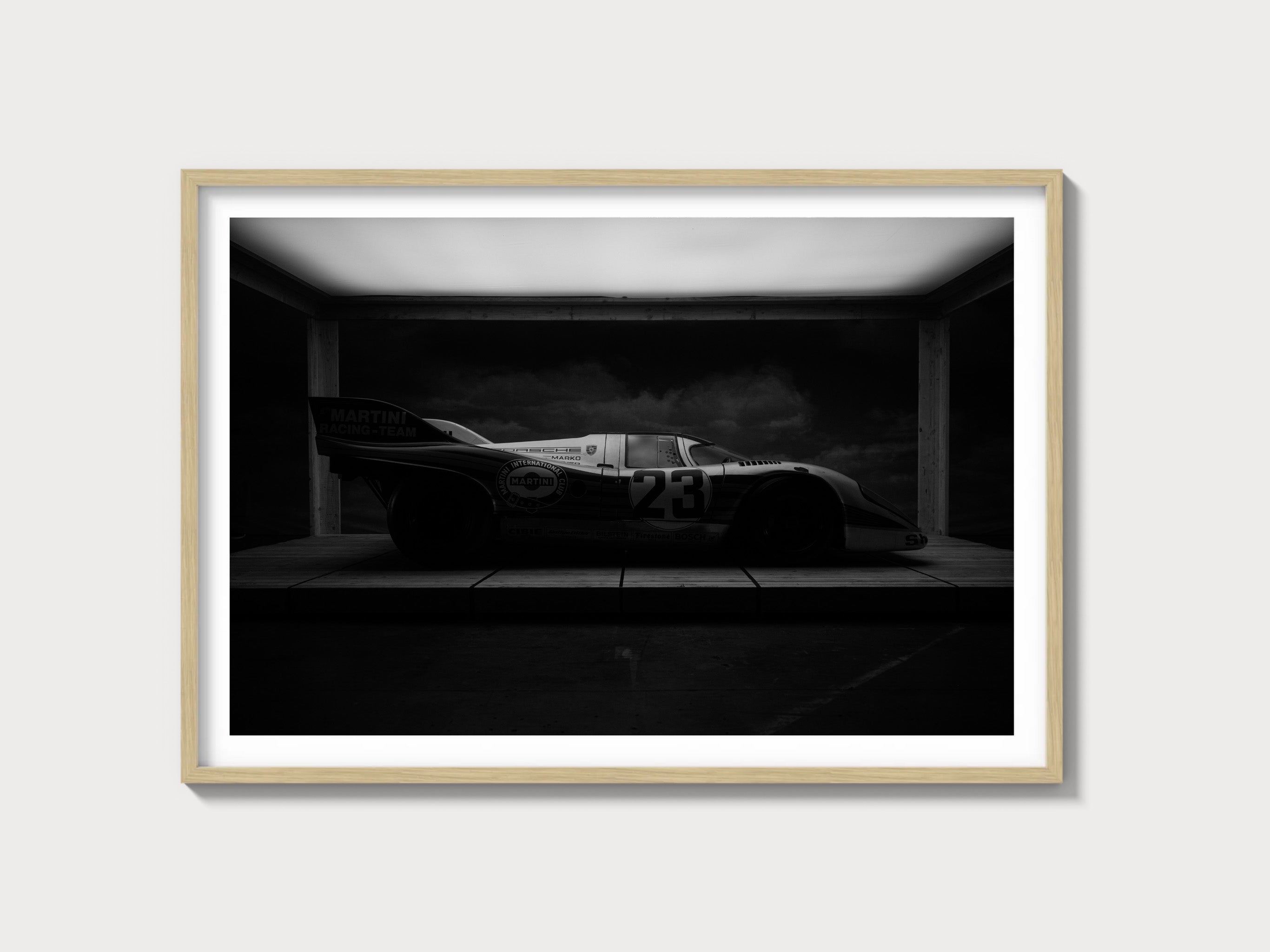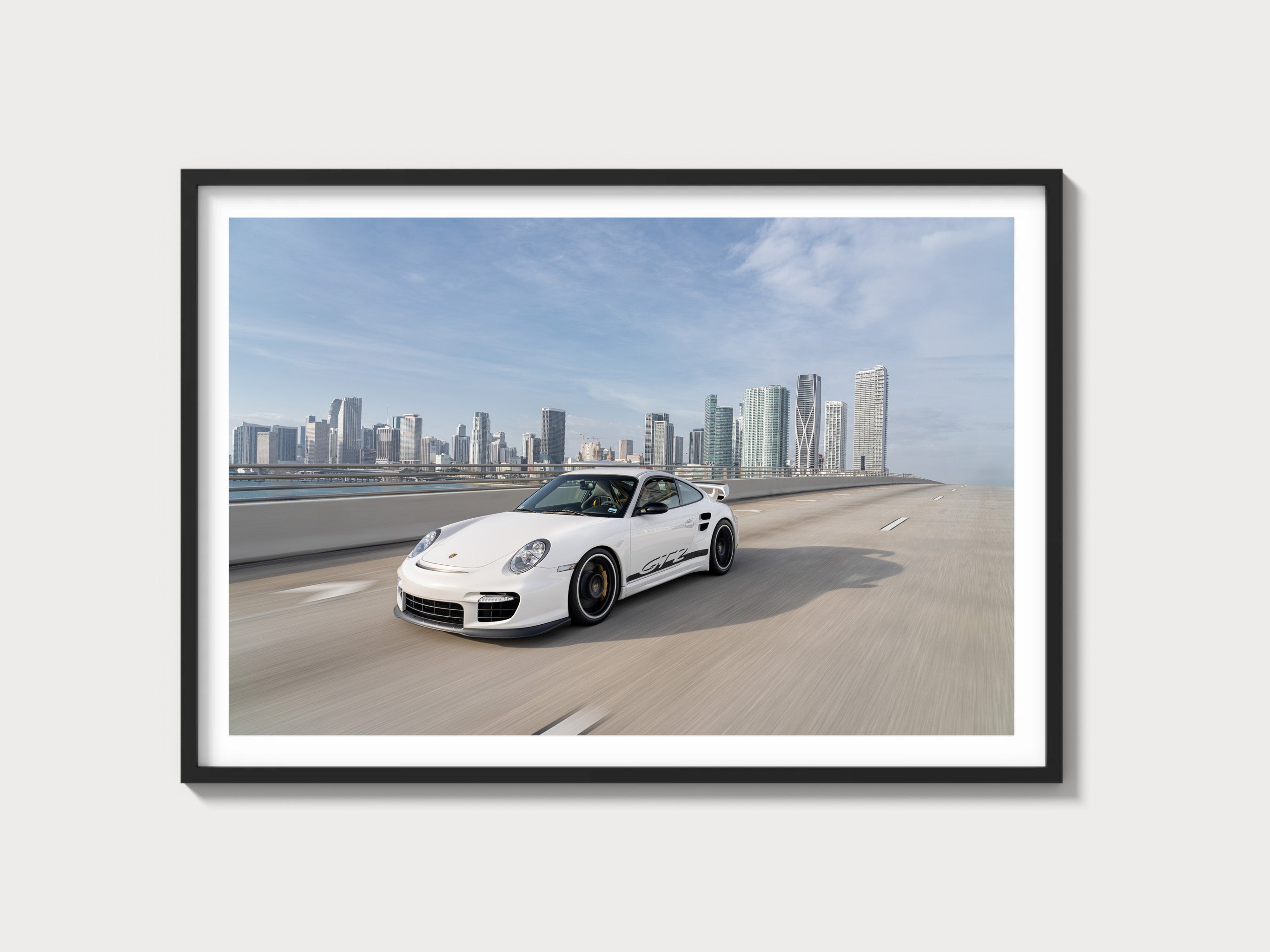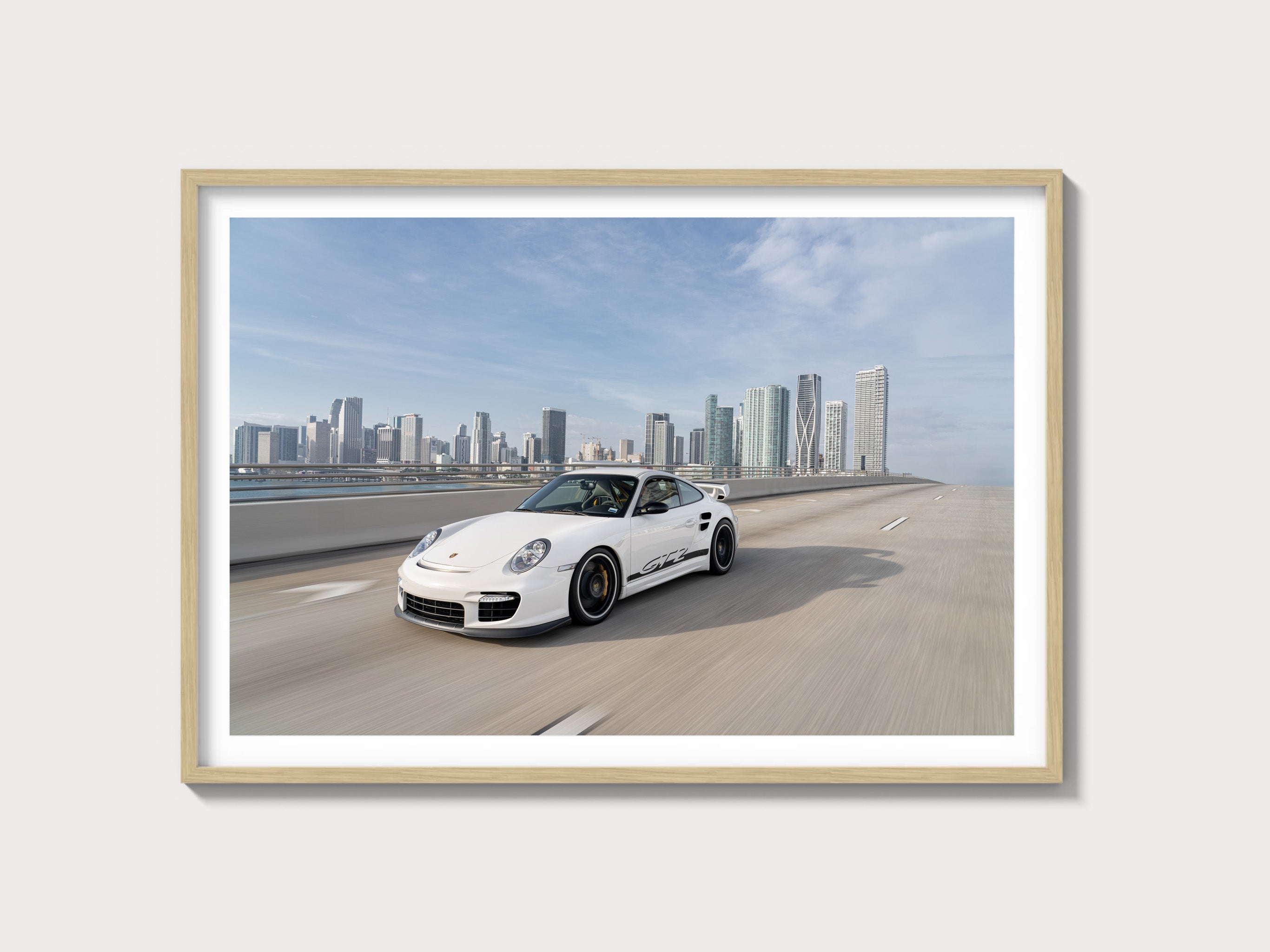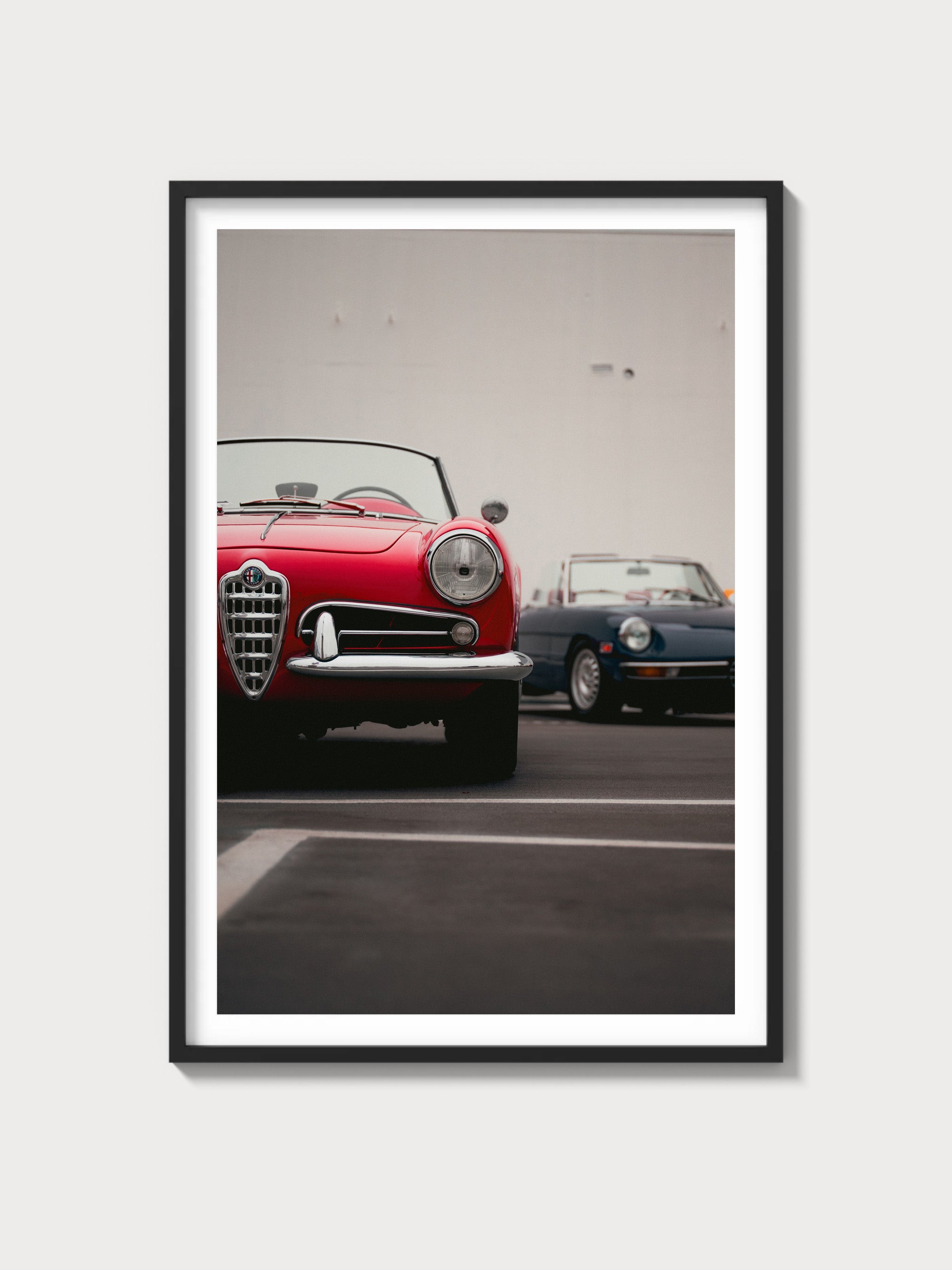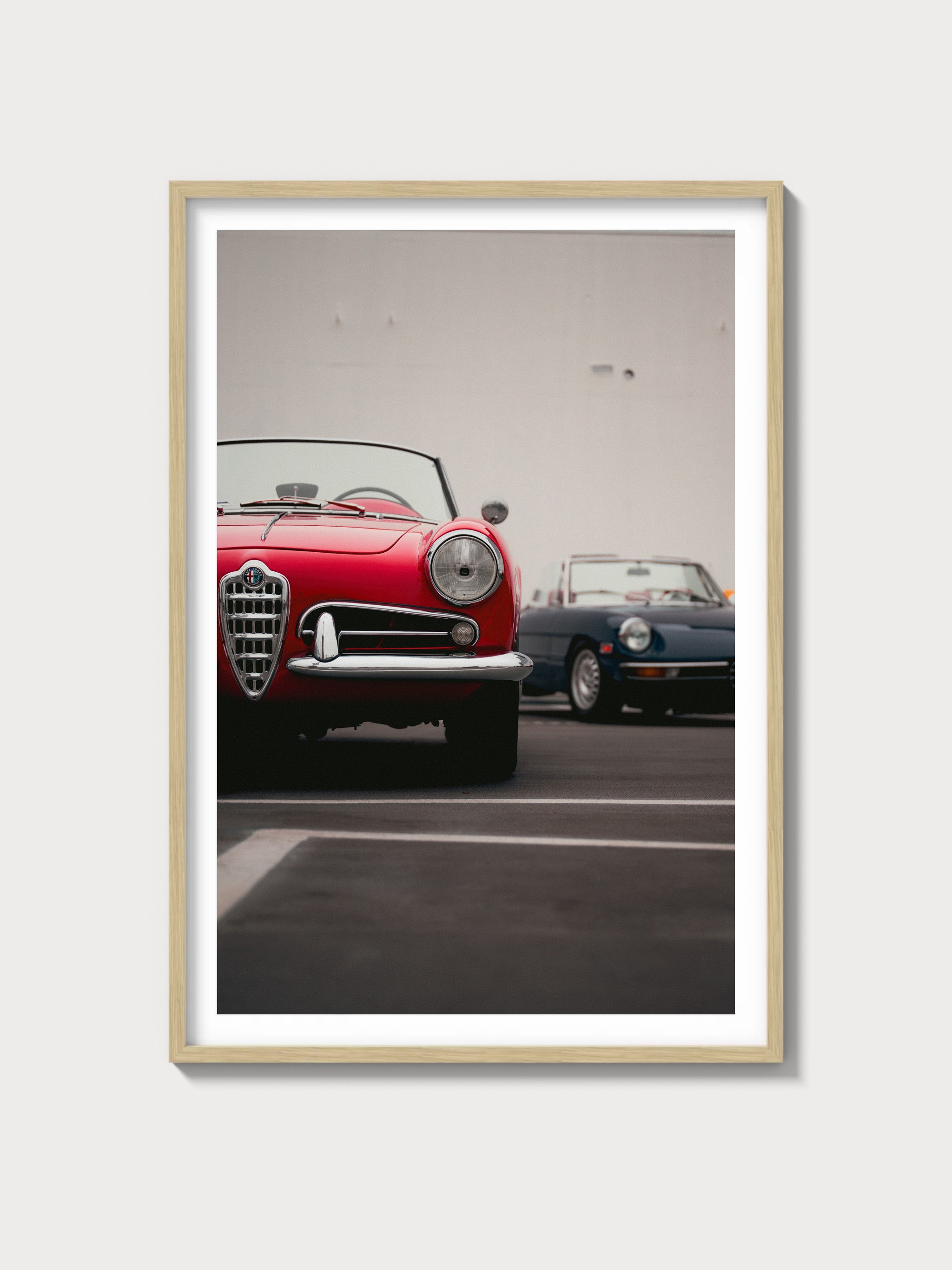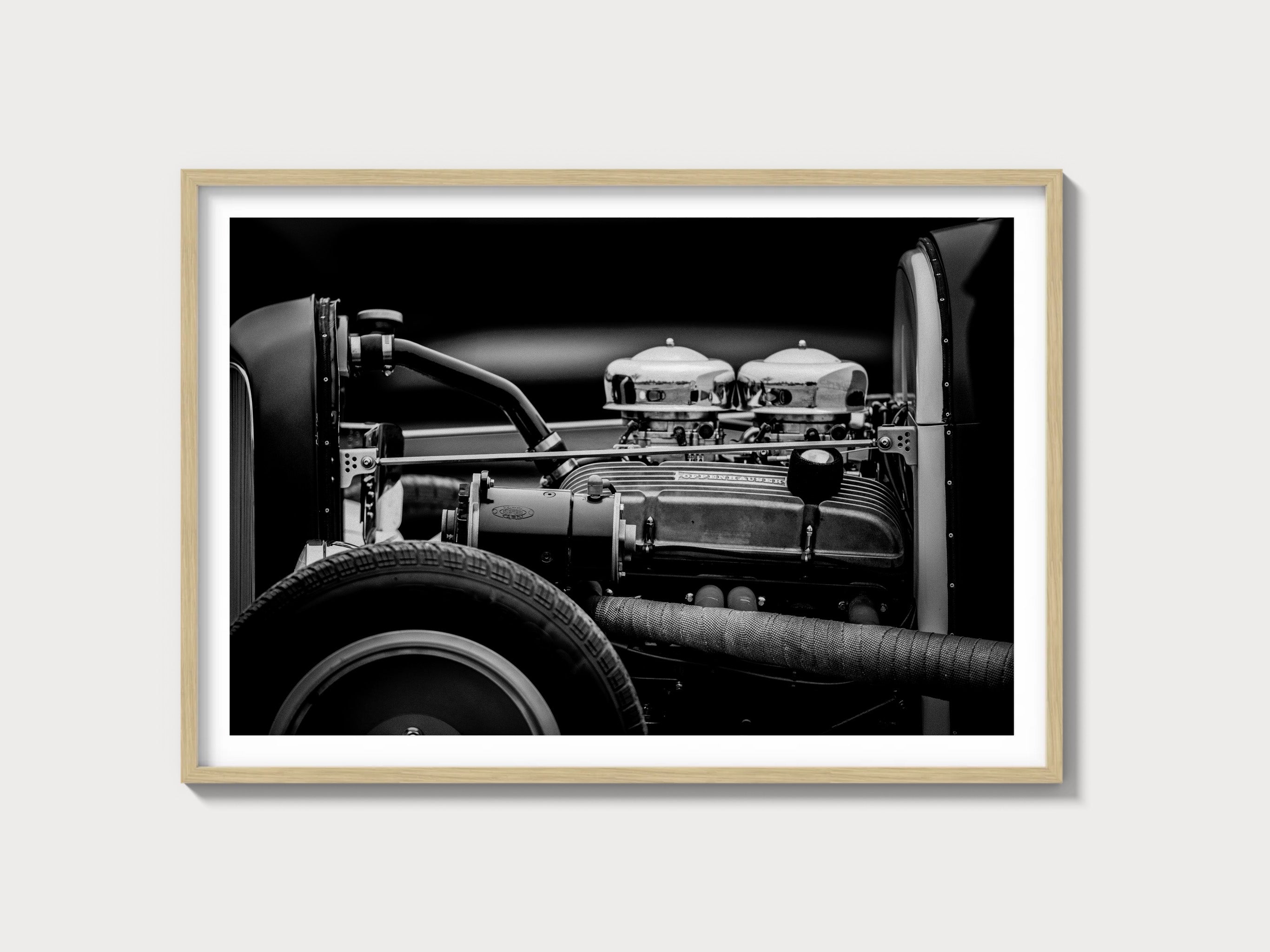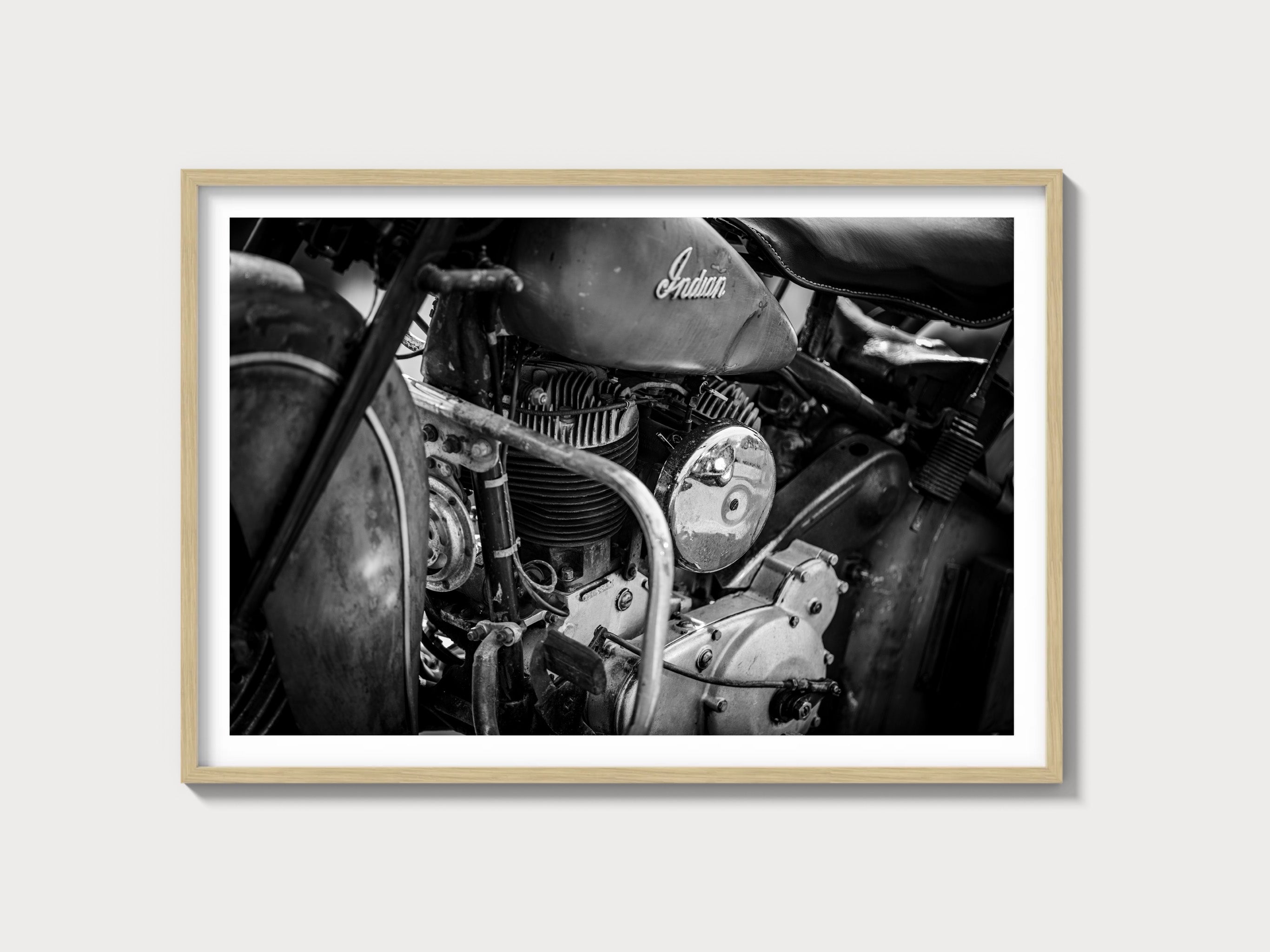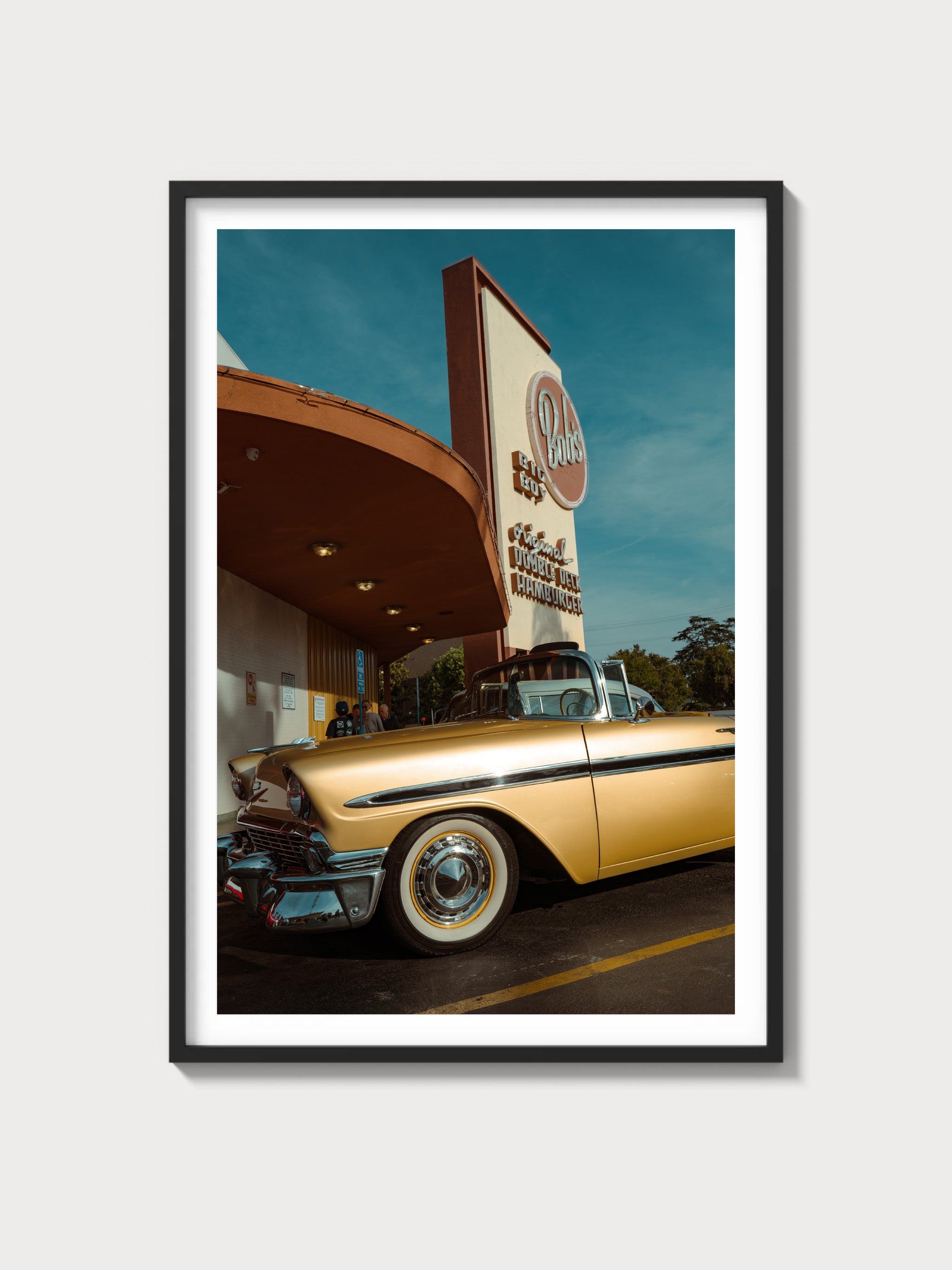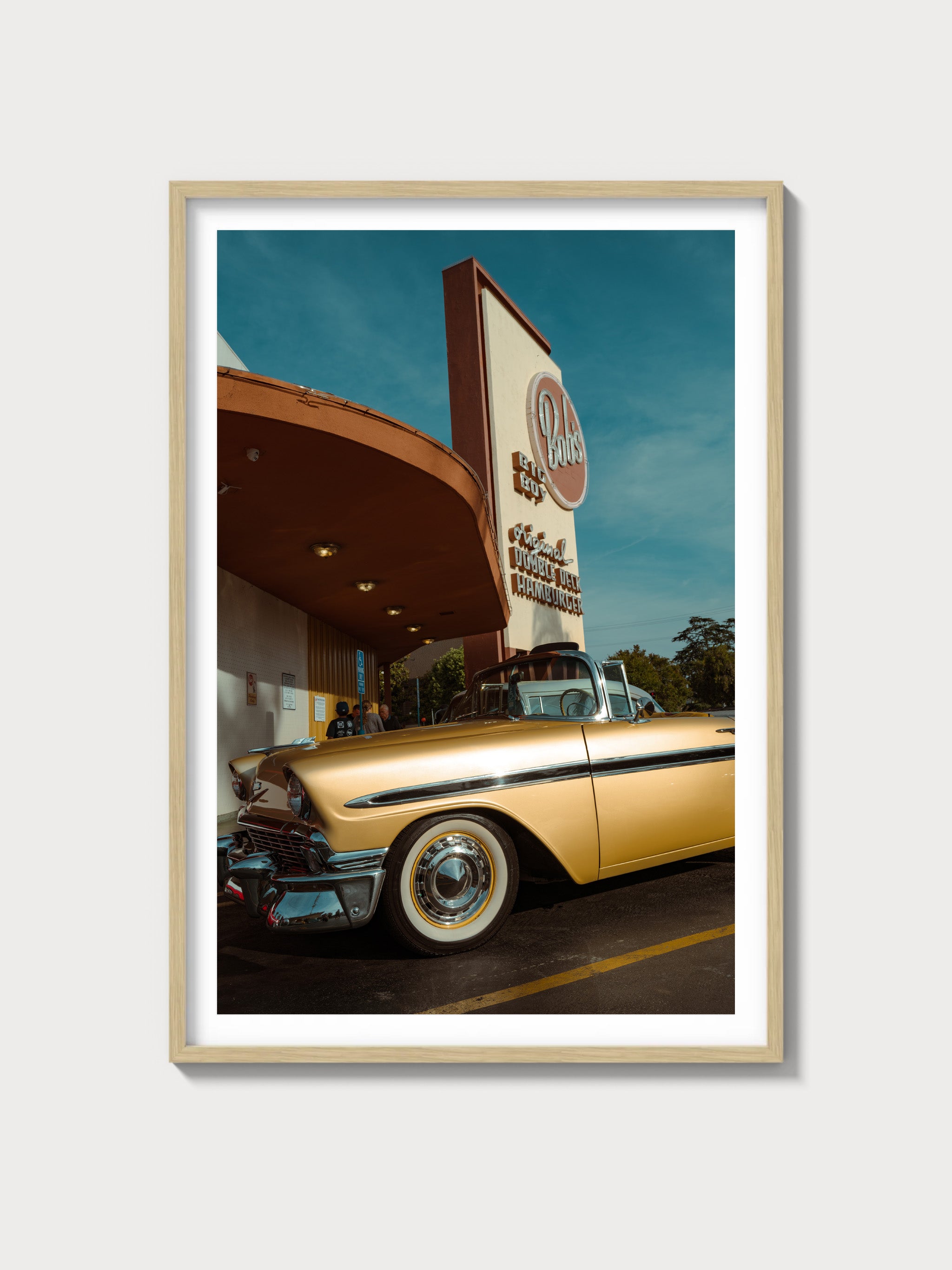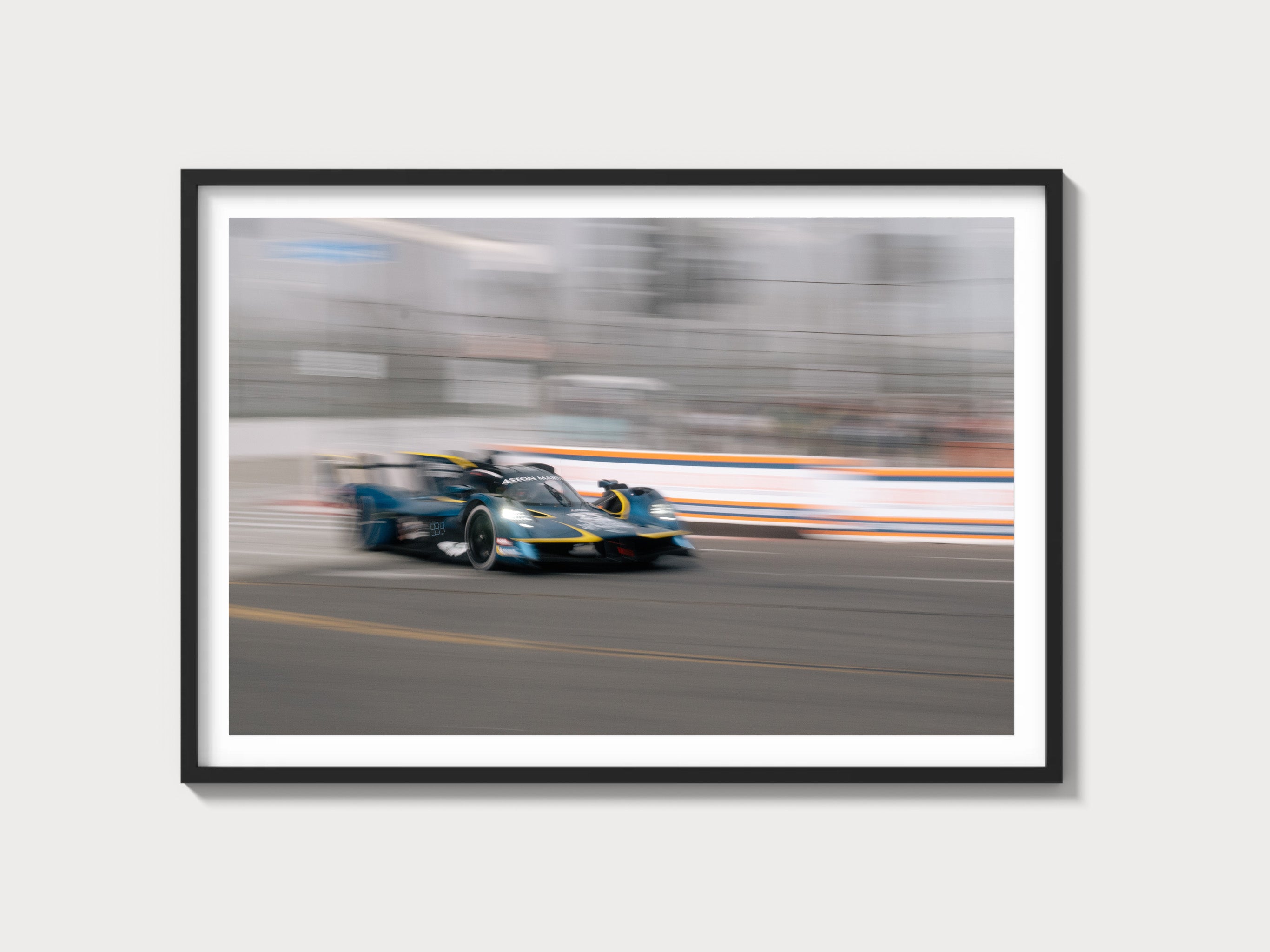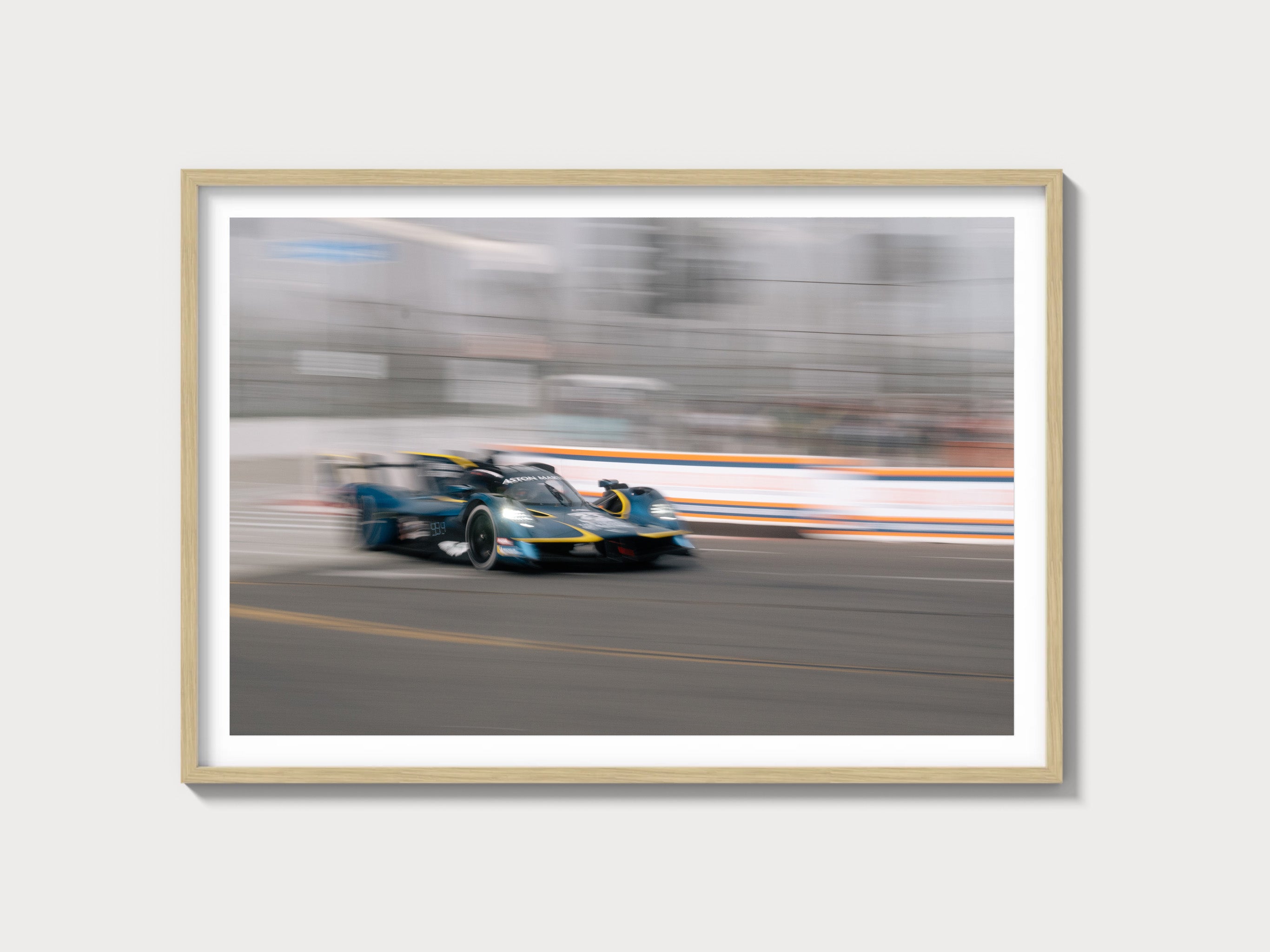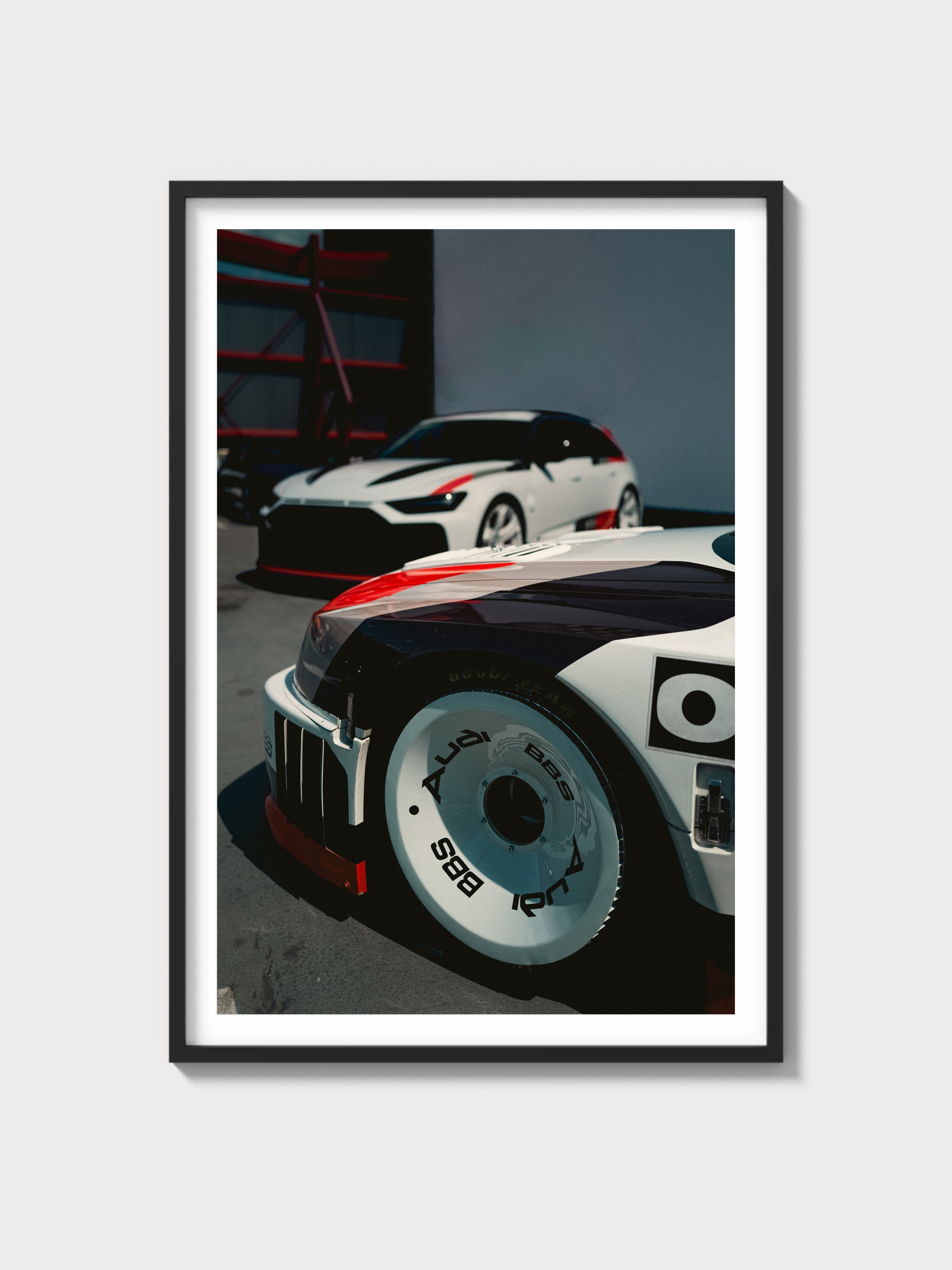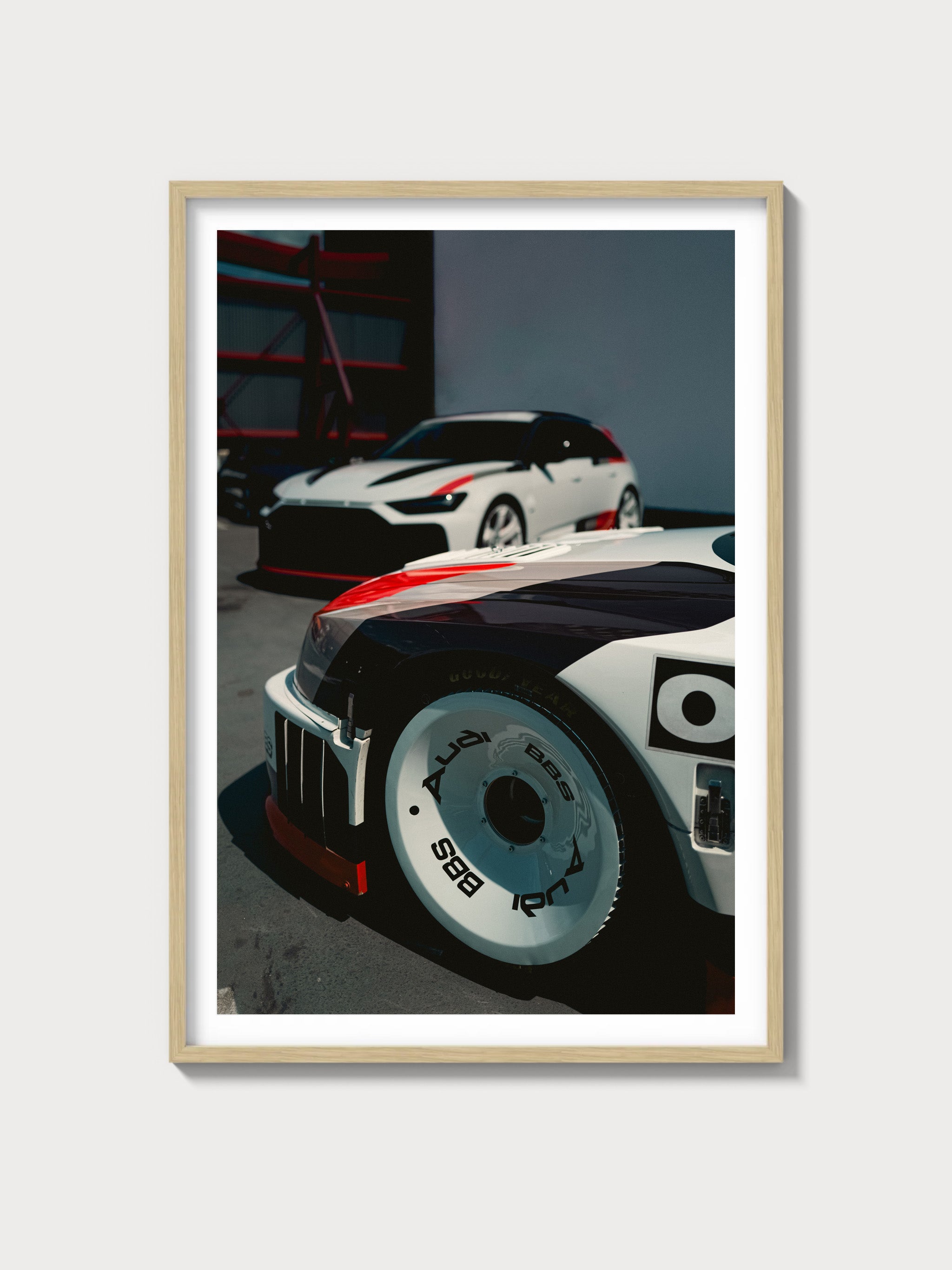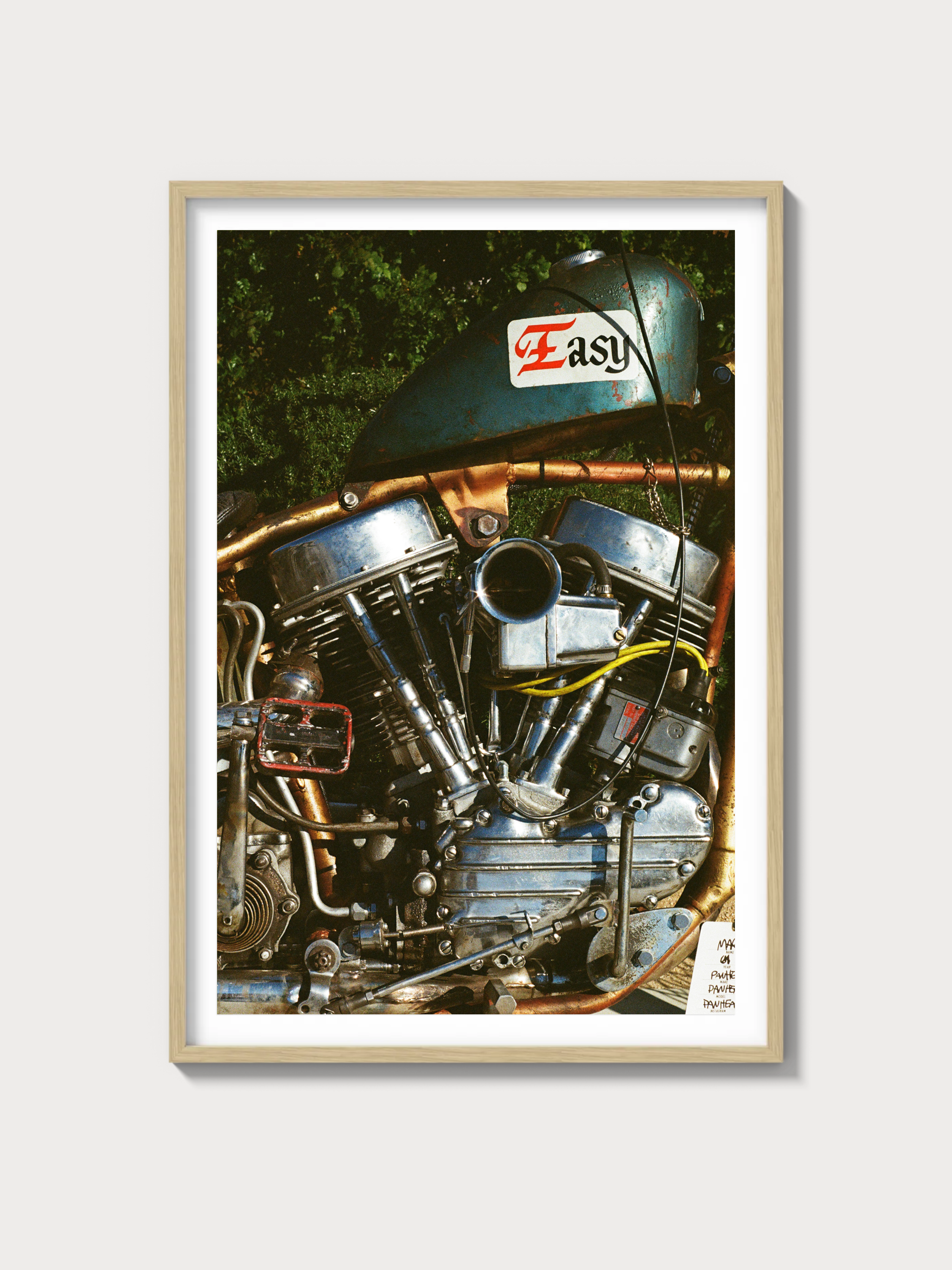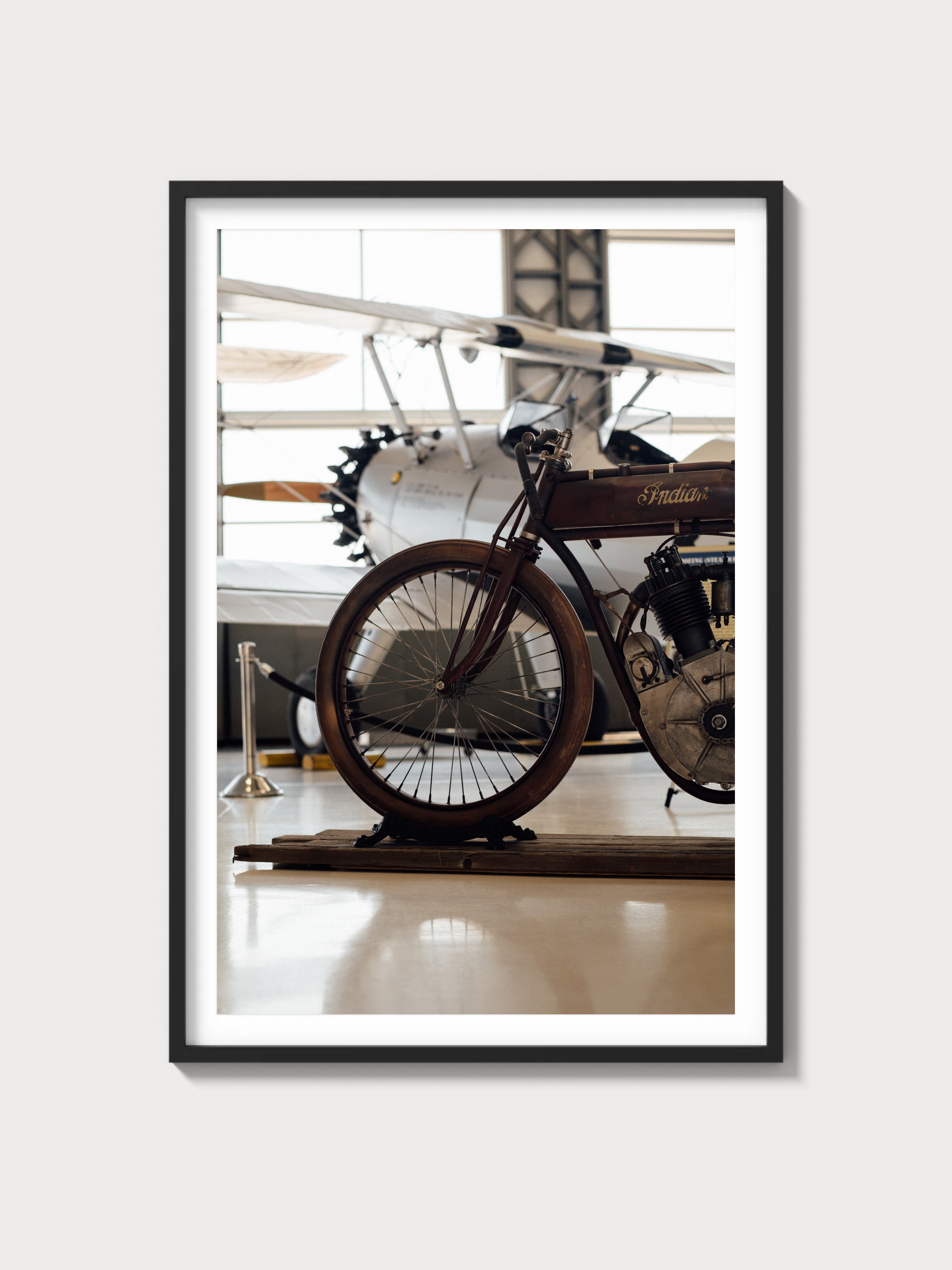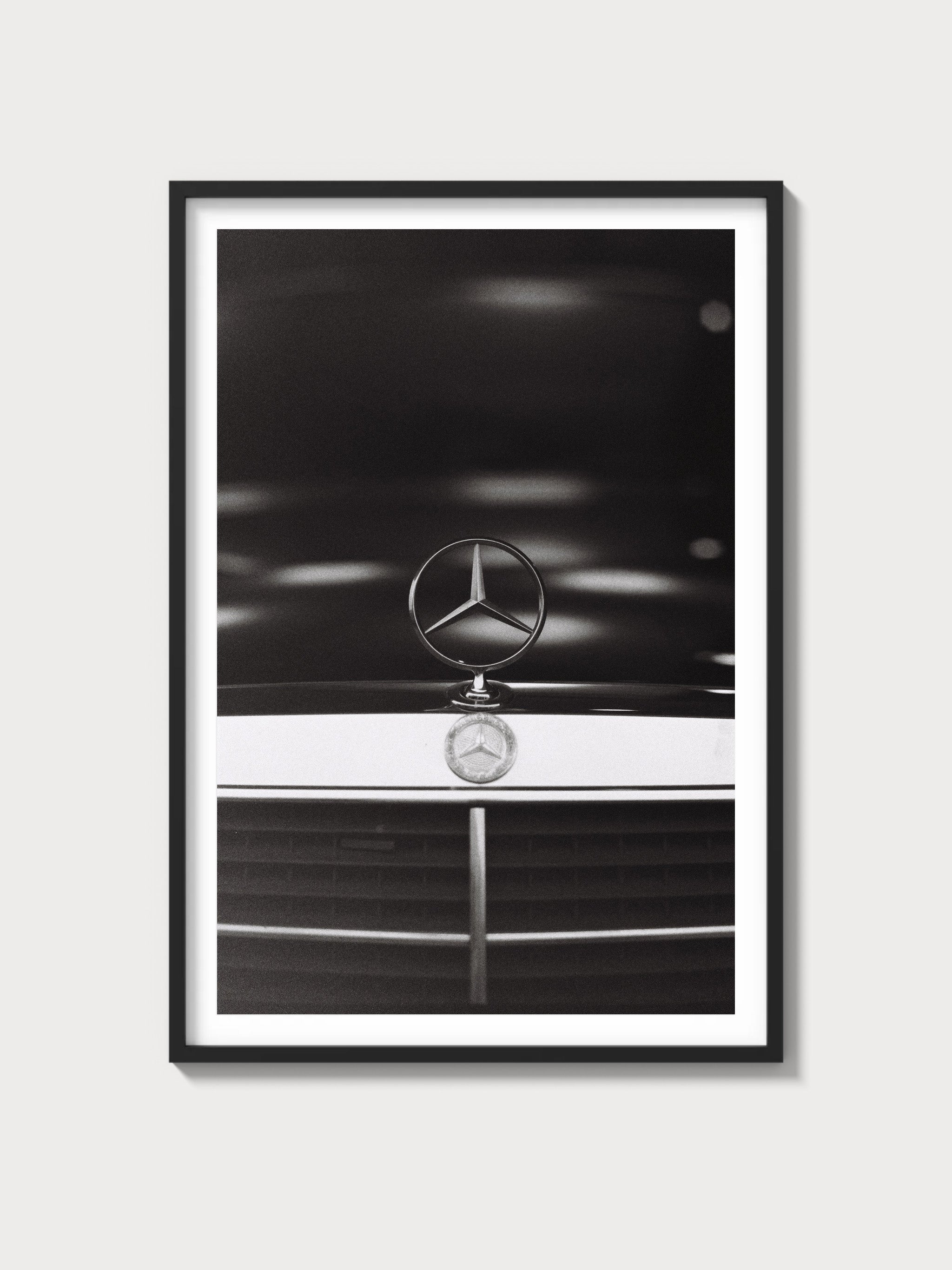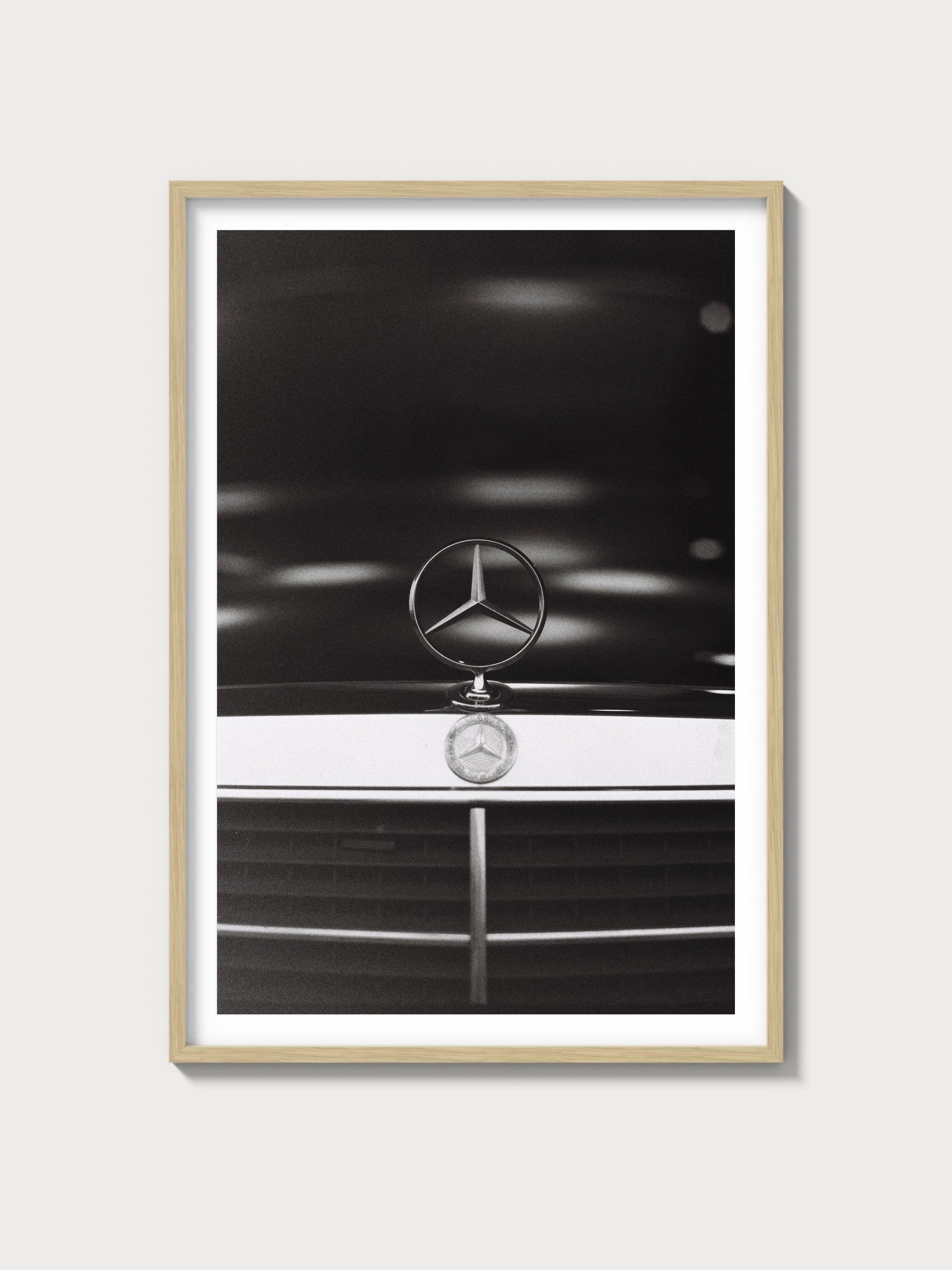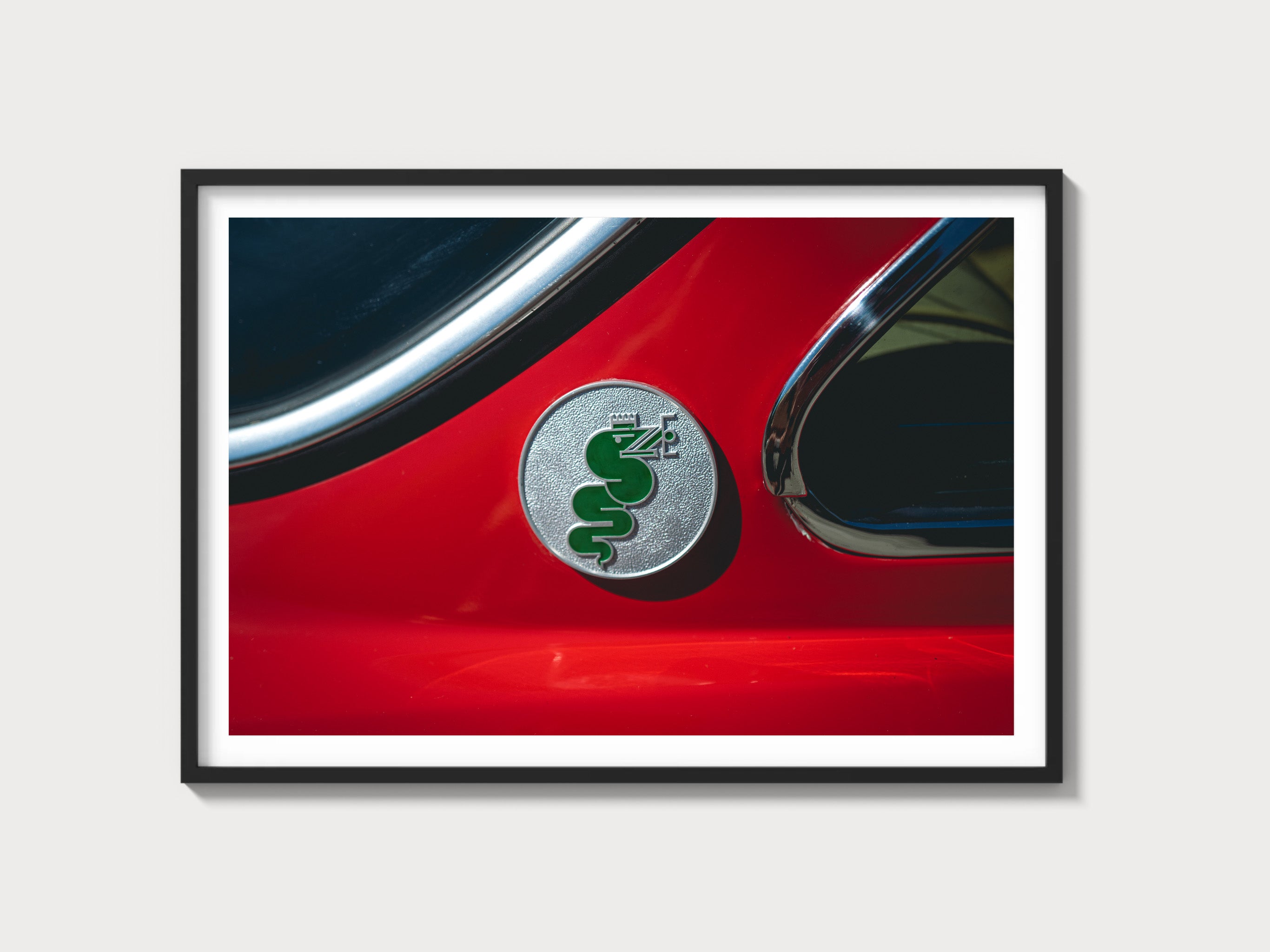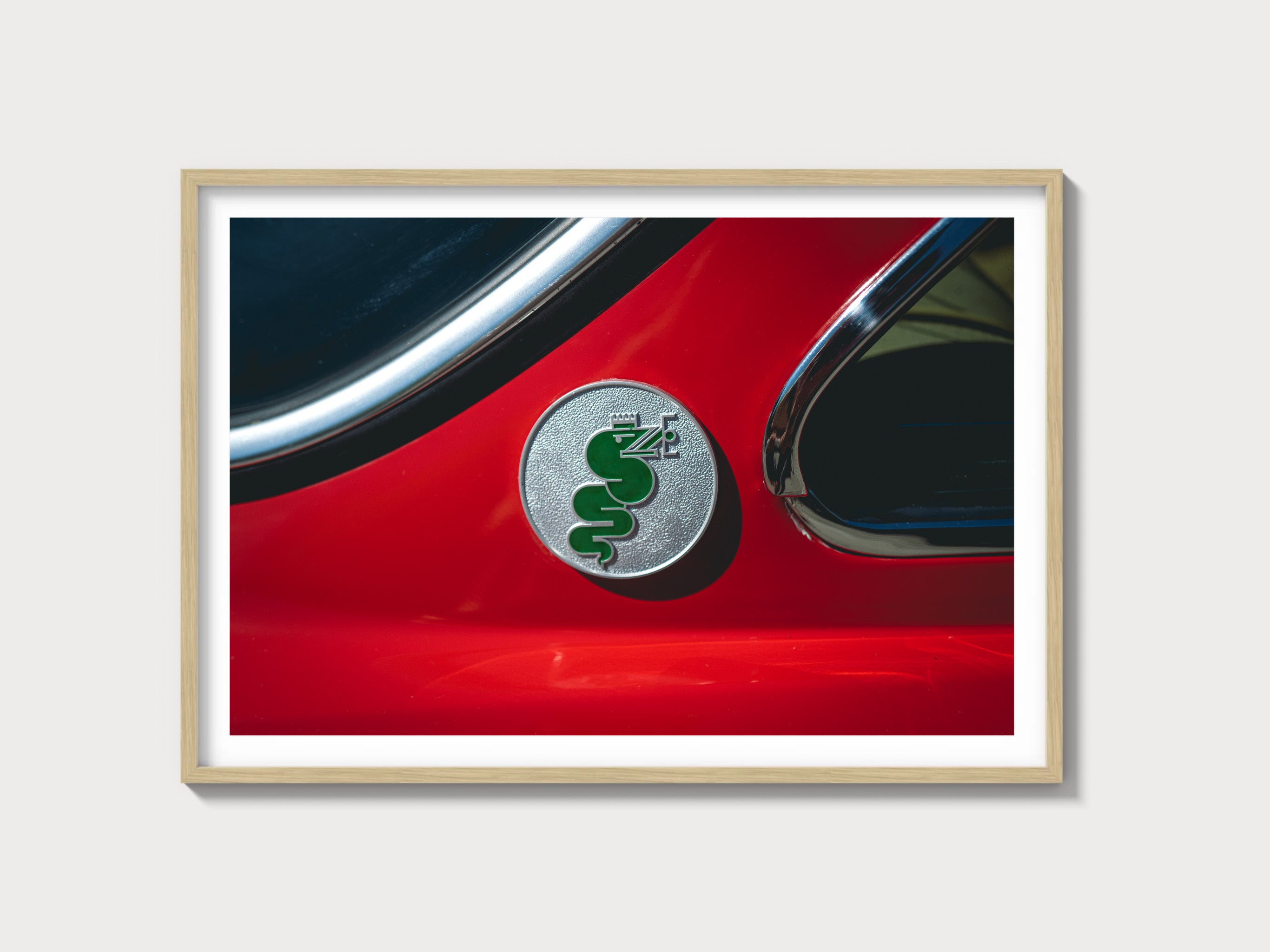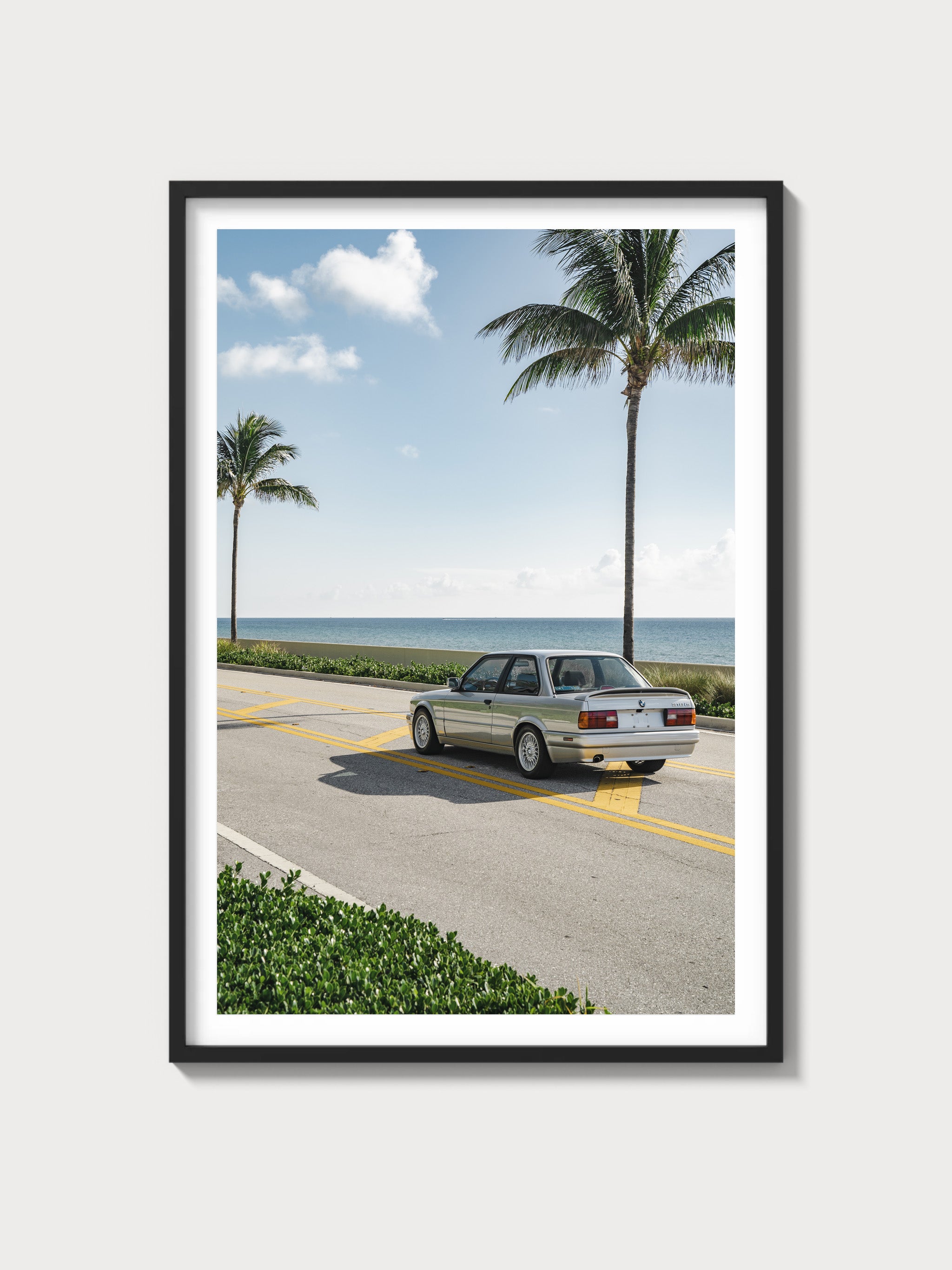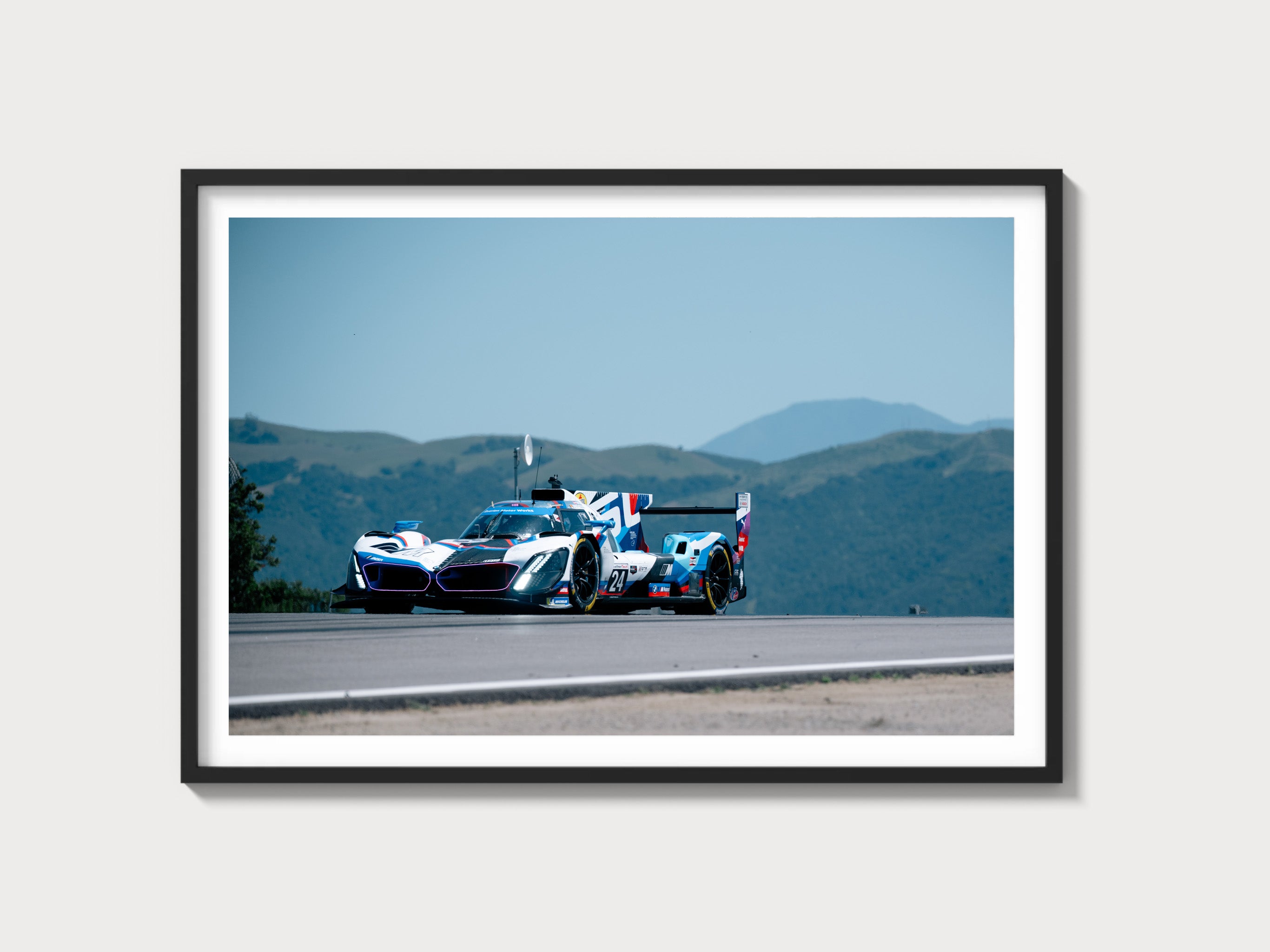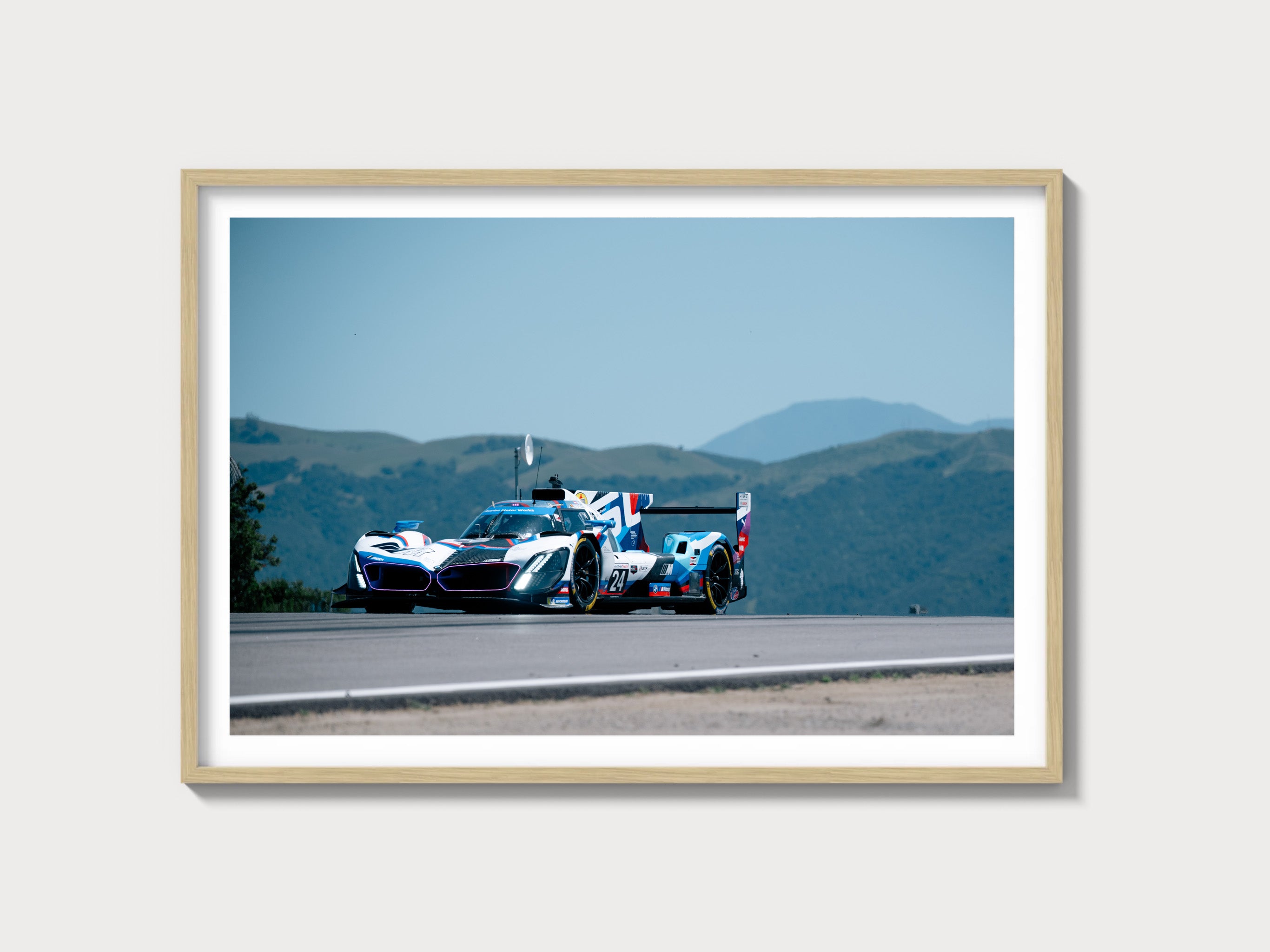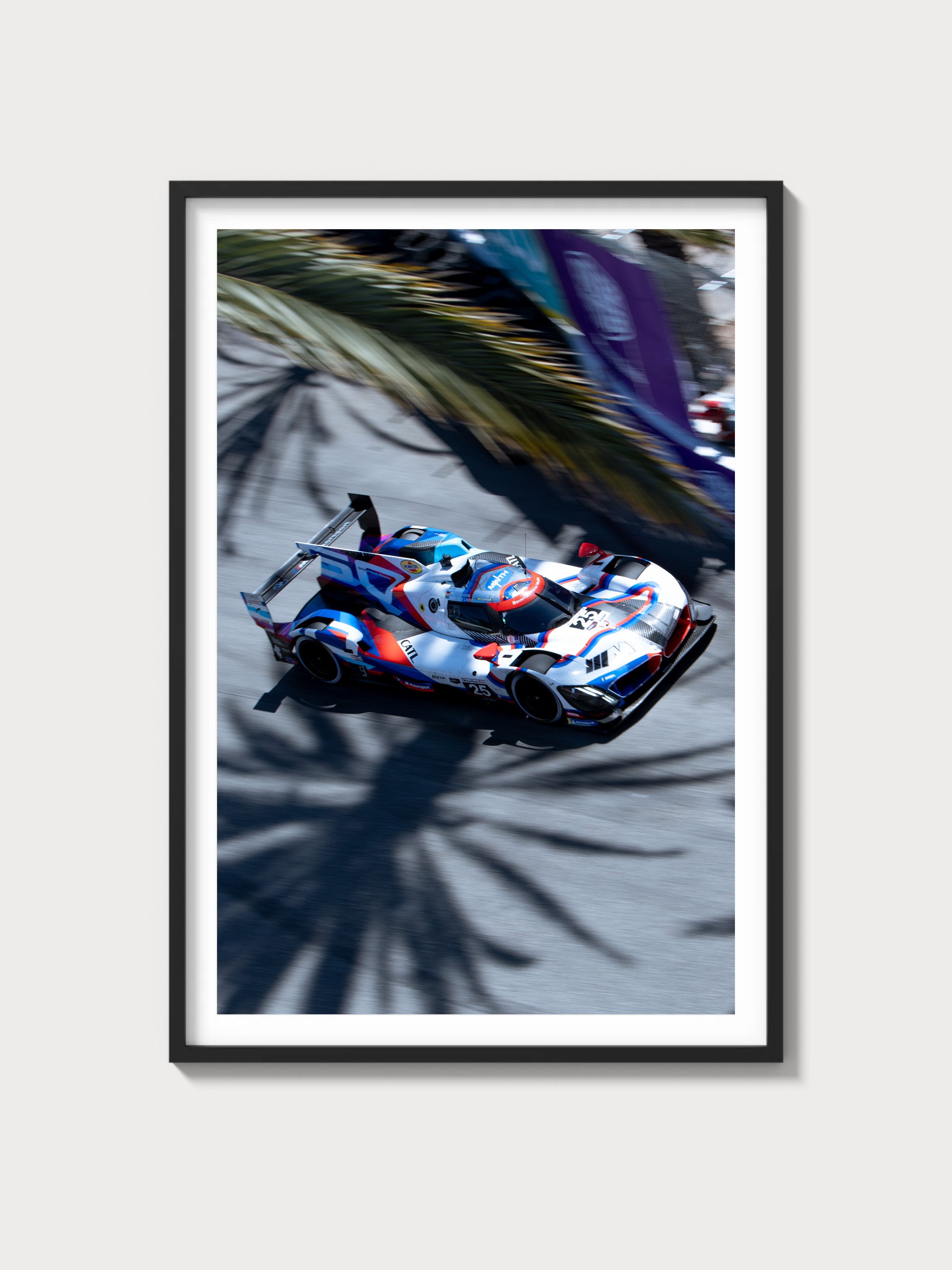Ferrari 250 GT California Spyder (SWB): The Definitive History, Specs, and Legacy
Introduction: Ferrari’s Refined Open-Top Icon
In the celebrated lineage of Ferrari’s 250 series, the 250 GT California Spyder (SWB), introduced in 1960, stands as a refined masterpiece—a grand tourer that perfected the open-top formula of its LWB predecessor. Powered by a 3.0-liter Colombo V12, this short-wheelbase (SWB) model saw 56 units crafted by Scaglietti, each a blend of racing agility and road-going elegance. Conceived as an evolution of the LWB California Spyder, it drew inspiration from the 250 GT TdF, offering a sharper, more potent package.
The year 1960 was a pinnacle for Ferrari, its racing triumphs—250 GT 2+2’s practicality, 250 TR’s dominance—elevating road car prestige. Unveiled at the 1960 Geneva Motor Show, the SWB California Spyder captured the essence of California dreaming. This exhaustive history, penned with a Ferrari historian’s precision, explores its technical prowess, its stunning design, its racing heritage, and its indelible legacy.
Historical Context: Ferrari’s SWB Revolution
The Ferrari 250 GT California Spyder (SWB) emerged amid a dynamic era for Maranello. By 1960, Ferrari’s racing legacy—410 Superamerica’s luxury, TdF’s GT victories—had cemented its stature, yet the shift to shorter wheelbases marked a new chapter. The LWB California Spyder’s 50-unit run (1957-1960) proved the concept, but its 2,600 mm wheelbase limited agility. The SWB, with a 2,400 mm chassis from the 250 GT SWB Berlinetta, answered, blending road refinement with track-ready dynamics.
Fifty-six SWB units were built (1960-1963)—all Scaglietti spyders, with optional hardtops—each a hand-crafted gem. Chassis 1795GT, the prototype, debuted at Geneva in March 1960, its taut lines reflecting Scaglietti’s artistry under Pininfarina’s guidance. This was a car for Hollywood icons and racing enthusiasts, its limited run echoing Ferrari’s bespoke ethos amid Italy’s early-1960s prosperity.
The broader context of 1960 framed its allure. America’s car culture peaked—Corvette Sting Ray, Ford Falcon—while Europe’s GT scene thrived. The SWB California Spyder bridged Ferrari’s racing soul with West Coast glamour, its V12 tying it to the 250 GTO.
Technical Specifications: The Colombo V12’s Peak
The Ferrari 250 GT California Spyder (SWB)’s core was its 3.0-liter Colombo V12—a race-bred engine honed for versatility. Below, we dissect its engineering with historian’s detail.
Engine: Colombo’s 3.0-Liter Mastery
Displacing 2,953 cc (bore 73 mm, stroke 58.8 mm), the SWB’s V12 evolved from the LWB’s unit. With a single overhead camshaft per bank, a 9.2:1 compression ratio, and triple Weber 40 DCL/6 carburetors (some 42 DCL/6s), it produced 280 horsepower at 7,500 rpm—40 hp more than the LWB’s standard tune. The aluminum block and heads, wet-sump lubrication, and 60-degree V-angle weighed 275 lbs, delivering 195 lb-ft of torque at 5,500 rpm.
This engine was a dual-purpose titan. Chassis 2119GT, a competition model, hit 300 hp with high-lift cams and velocity stacks, rivaling the 250 GTO, yet its road tune balanced power and refinement.
Performance: Agile Brilliance
The SWB reached 158 mph (254 km/h)—matching the LWB, per Road & Track’s 1961 test—with a 0-60 mph time of ~6.3 seconds, edging out the LWB’s 6.8 seconds. Its power-to-weight ratio (269 hp/ton) surpassed the LWB (218 hp/ton), its lighter, shorter chassis amplifying responsiveness.
Chassis and Suspension: Track-Inspired Agility
The chassis was a tubular steel ladder frame, weighing 1,040 kg (2,293 lbs)—lighter than the LWB’s 1,100 kg due to its compact aluminum body. Its 2,400 mm wheelbase, borrowed from the SWB Berlinetta, sharpened handling. Front suspension used double wishbones with coil springs (replacing leaf springs), while the rear featured a live axle with coil springs and Koni shocks, tuned for both road and track.
Transmission and Brakes: Precision Control
A 4-speed manual gearbox—fully synchronized—drove the rear wheels, its ratios (1st: 2.85, 4th: 0.96) favoring agility. Braking relied on 14-inch Dunlop disc brakes (standard), delivering 1.0g deceleration—a leap over the LWB’s optional discs.
| Specification | Details |
|---|---|
| Engine | 3.0L V12, 280-300 hp @ 7,500 rpm |
| Displacement | 2,953 cc (73 mm x 58.8 mm) |
| Top Speed | ~158 mph (254 km/h) |
| 0-60 mph | ~6.3 seconds |
| Weight | 1,040 kg (2,293 lbs) |
| Transmission | 4-speed manual, synchronized |
| Suspension (Front) | Double wishbone, coil springs |
| Suspension (Rear) | Live axle, coil springs |
| Brakes | Hydraulic discs, 14-inch |
Design and Styling: Scaglietti’s Perfect Balance
The Ferrari 250 GT California Spyder (SWB)’s aesthetic was a triumph of proportion, crafted by Scaglietti under Pininfarina’s design.
Exterior: Compact Elegance
Scaglietti built all 56 SWB spyders—chassis 1795GT featured a low grille, sharper fenders, and a folding soft top, finished in Grigio Conchiglia. Later units (e.g., 2871GT) offered hardtops and sleeker lines. The 2,400 mm wheelbase tightened its stance, aluminum bodies optimizing weight and form.
Interior: Refined Simplicity
The cockpit was a driver’s sanctuary: leather bucket seats (black or tan), a wood-rimmed steering wheel, and Veglia gauges—tachometer (8,000 rpm redline), speedometer, oil pressure. Spartan yet elegant, it mirrored the TdF’s focus, surpassing the LWB’s charm.
Production and Variants: A Limited Evolution
The Ferrari 250 GT California Spyder (SWB)’s 56-unit run (1960-1963) was a bespoke triumph—all Scaglietti spyders, with hardtop options. Chassis 1795GT launched the series, while 4137GT closed it, overlapping with the 250 GTO. Competition variants (e.g., 2119GT) featured lightweight bodies and tuned engines.
Performance and Racing Legacy: A Dual-Purpose Legend
The Ferrari 250 GT California Spyder (SWB) racing history blends GT roots with track success. Chassis 2119GT, driven by Bob Grossman, took 5th in GT at the 1960 Le Mans, its 300 hp and discs excelling. Chassis 2871GT won the 1961 Sebring GT class. Its agility and power made it a privateer favorite, though its primary stage remained the open road—Malibu, Amalfi Coast.
Ownership and Market Value: A Coveted Classic
The Ferrari 250 GT California Spyder (SWB) value reflects its rarity and perfection. Early owners included Steve McQueen (2871GT) and James Garner. Today, prices soar from $15-20 million—chassis 2935GT fetched $17.2 million at Gooding & Co. 2023. Restoration costs—V12 rebuilds at $150,000—underscore its prestige.
Cultural Impact: Ferrari’s Timeless Star
The SWB California Spyder epitomized Ferrari’s 1960s ethos, its design and racing feats influencing the 250 GTO. Featured in *Ferris Bueller’s Day Off* (replica), it’s the car of endless summers and cinematic fame, a pinnacle of Maranello’s golden age.
Comparisons: Ferrari 250 GT California Spyder (SWB) vs Rivals
The Ferrari 250 GT California Spyder (SWB) vs Mercedes-Benz 300 SL Roadster pits 280 hp V12 against 215 hp straight-6—Ferrari led in agility, Mercedes in refinement. The Jaguar E-Type (265 hp) matched in style but not pedigree.
| Model | Engine | Power | Weight | Top Speed |
|---|---|---|---|---|
| Ferrari 250 GT California (SWB) | 3.0L V12 | 280-300 hp | 1,040 kg | ~158 mph |
| Mercedes 300 SL Roadster | 3.0L Straight-6 | 215 hp | 1,420 kg | ~155 mph |
| Jaguar E-Type | 3.8L Straight-6 | 265 hp | 1,310 kg | ~150 mph |
Frequently Asked Questions
What was the Ferrari 250 GT California Spyder (SWB)?
A 1960 3.0L V12 grand tourer.
How many were made?
56 units.
What engine powered it?
2,953 cc Colombo V12, 280-300 hp.
Did it race?
Yes—Le Mans 1960, Sebring 1961.
What’s its value?
$15-20 million.

